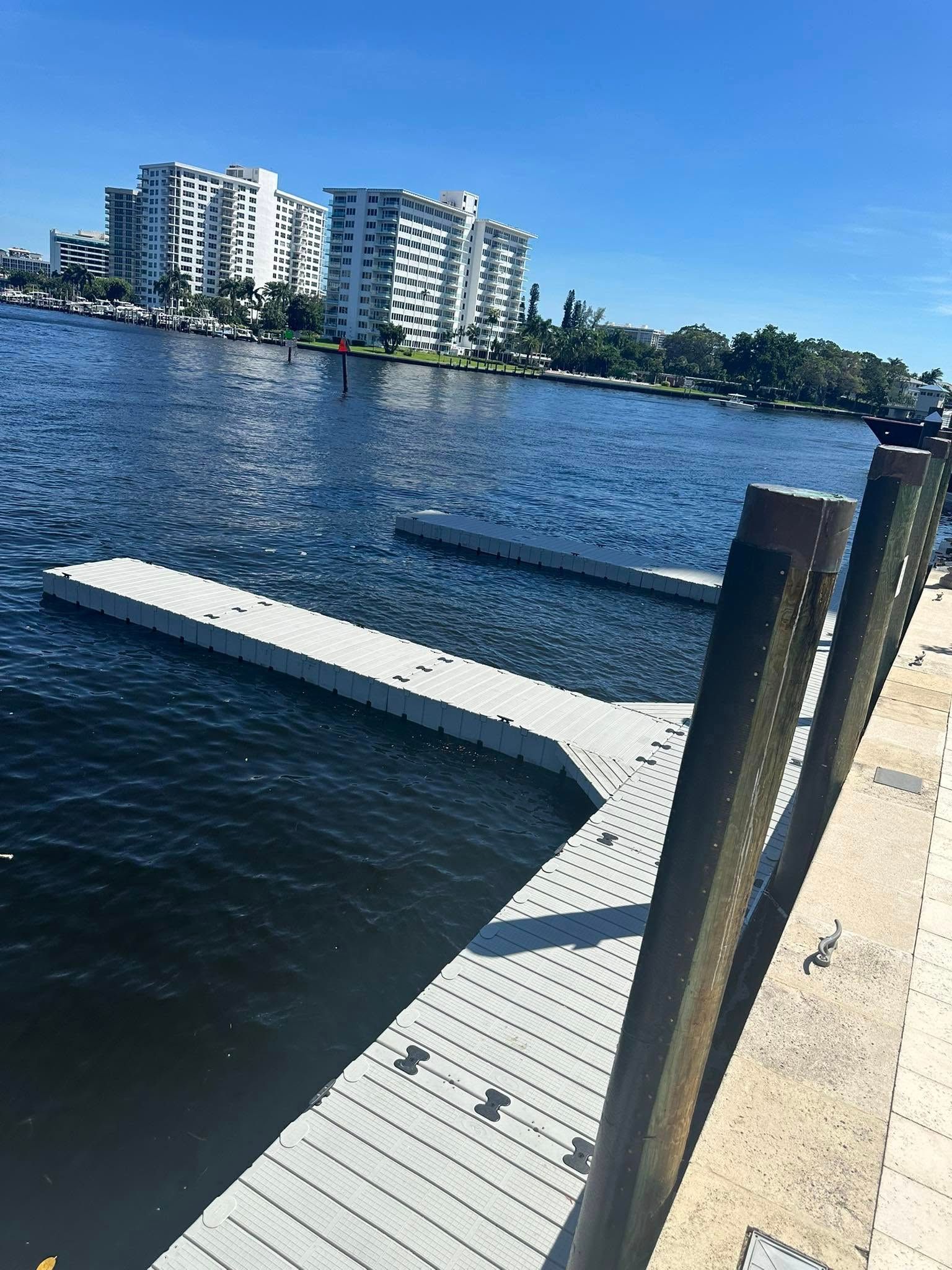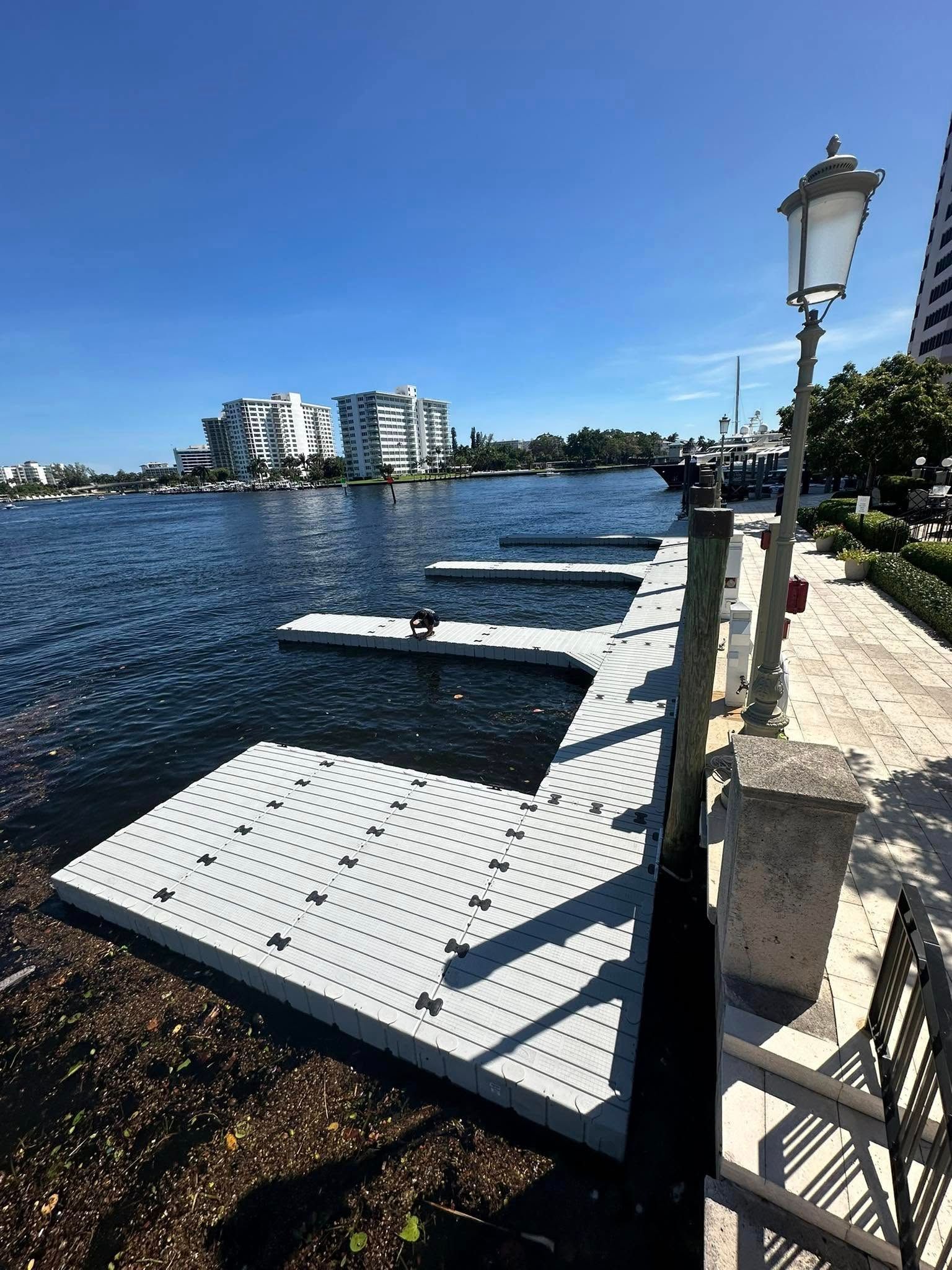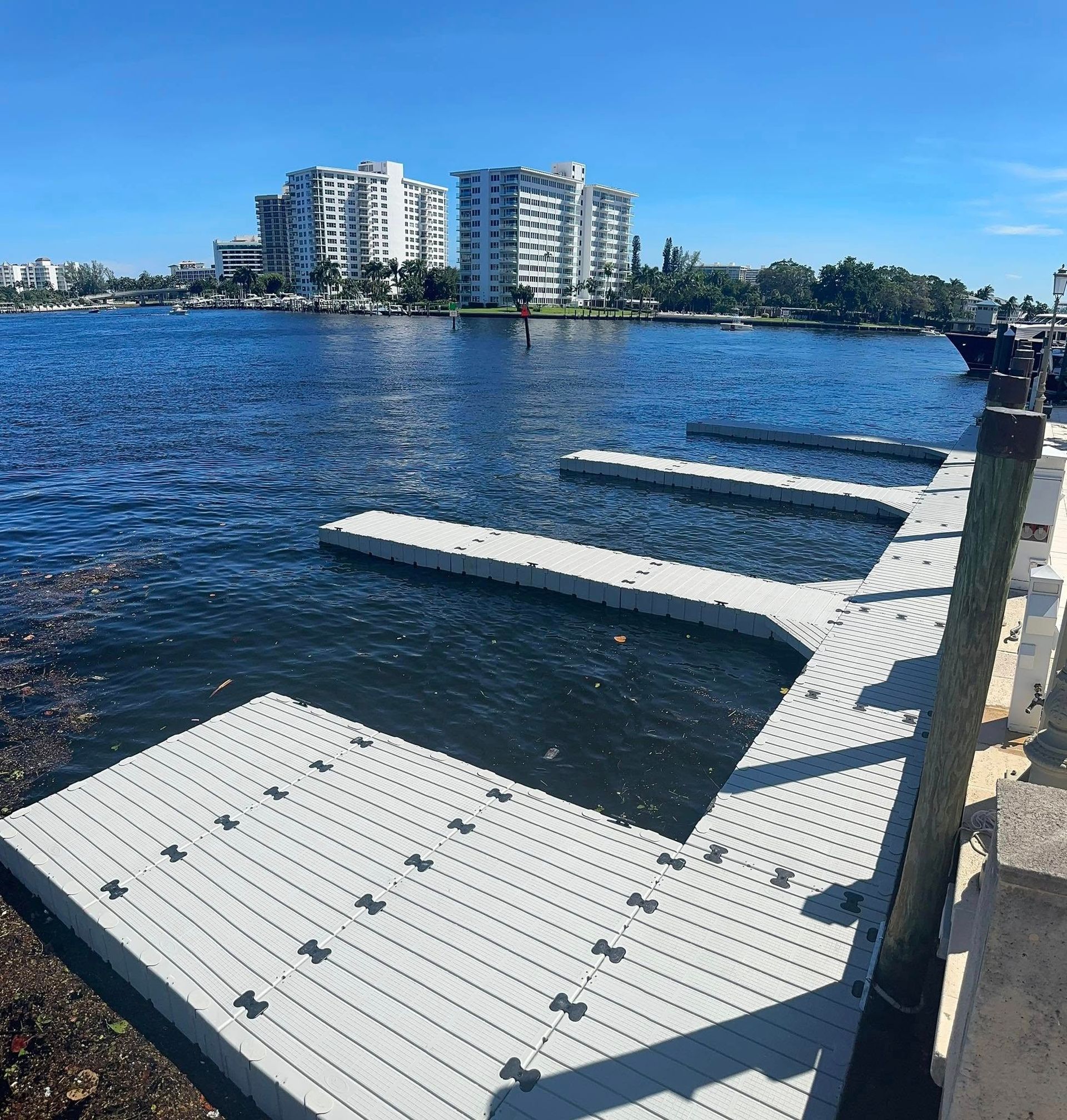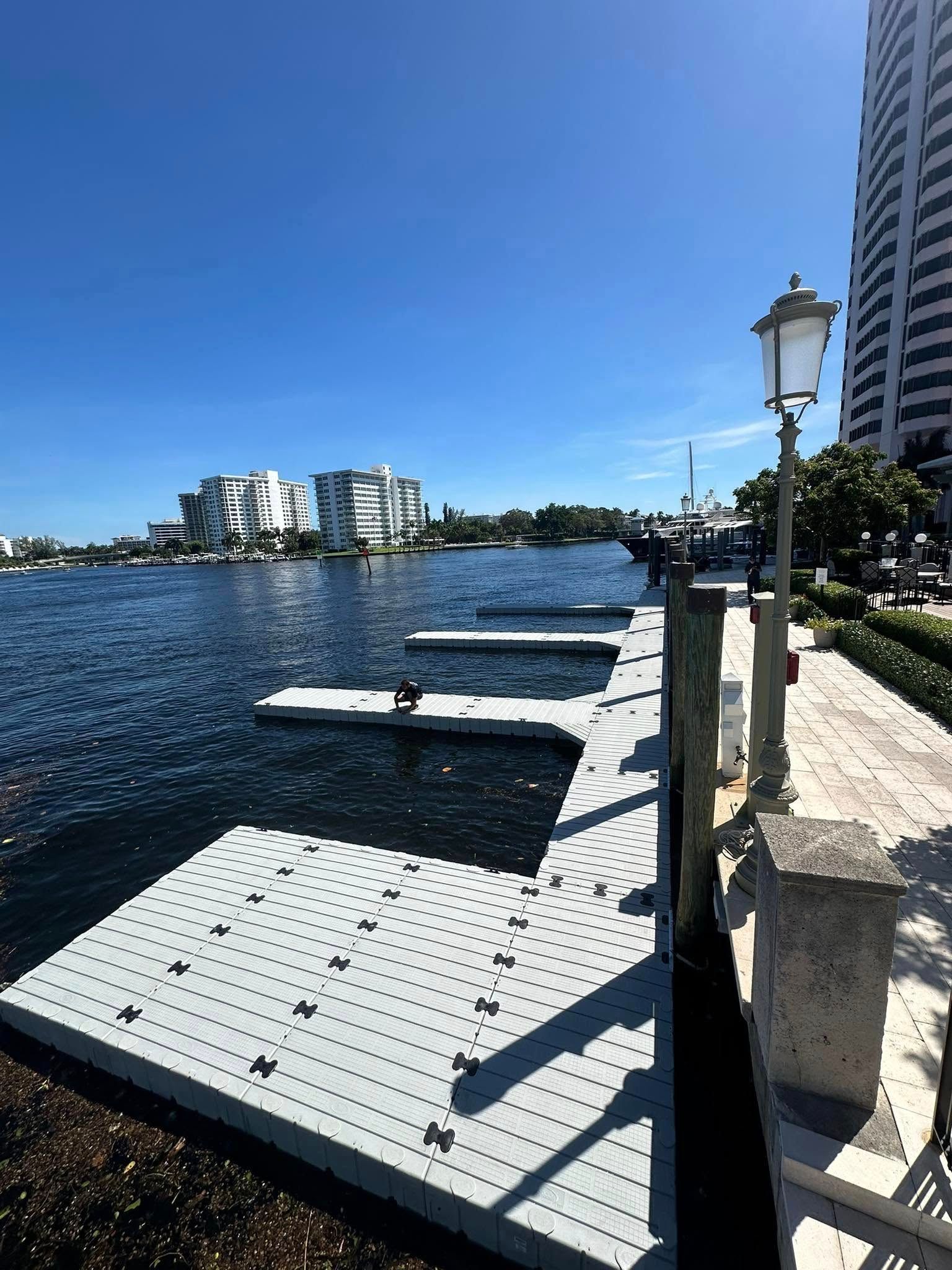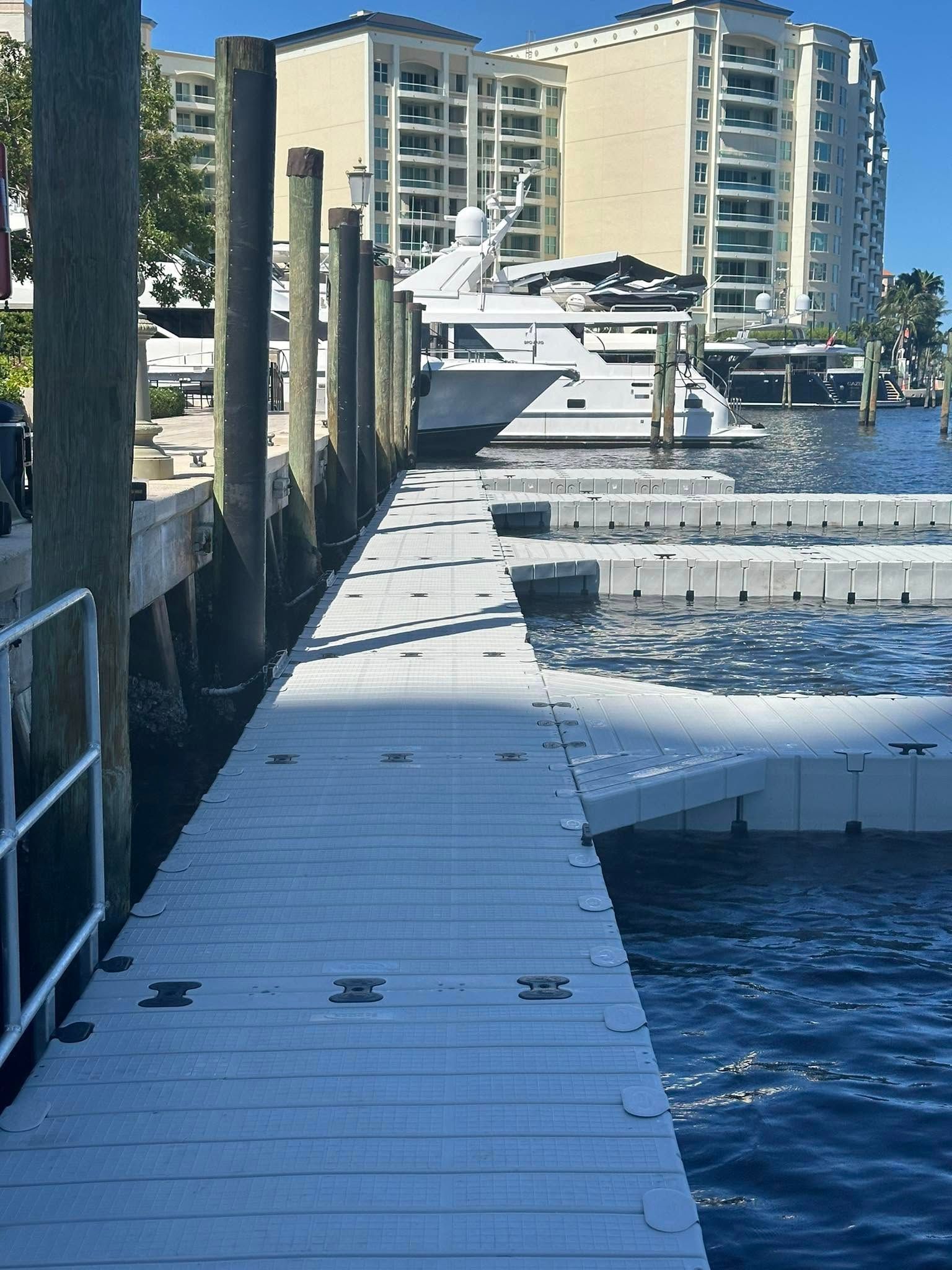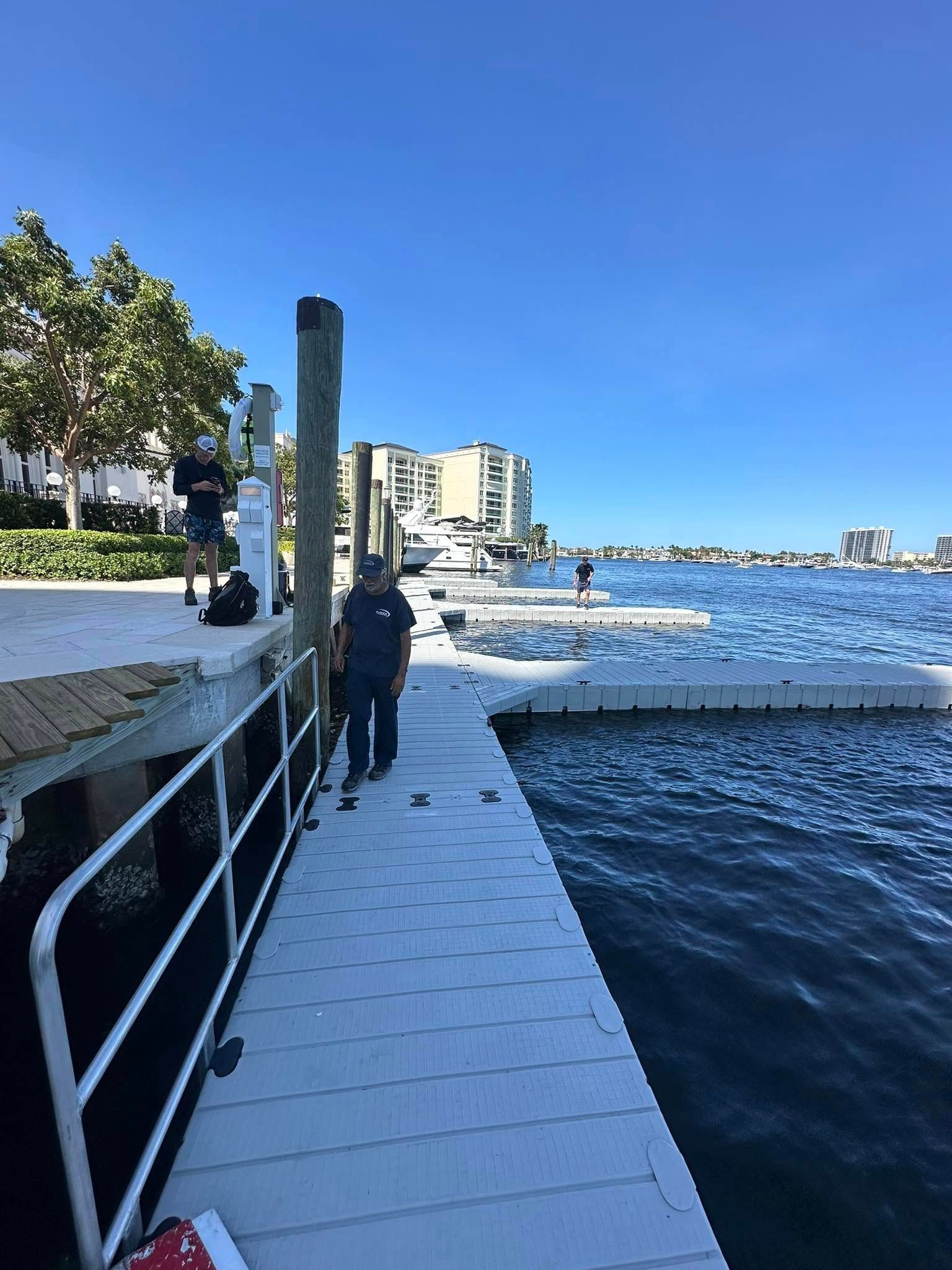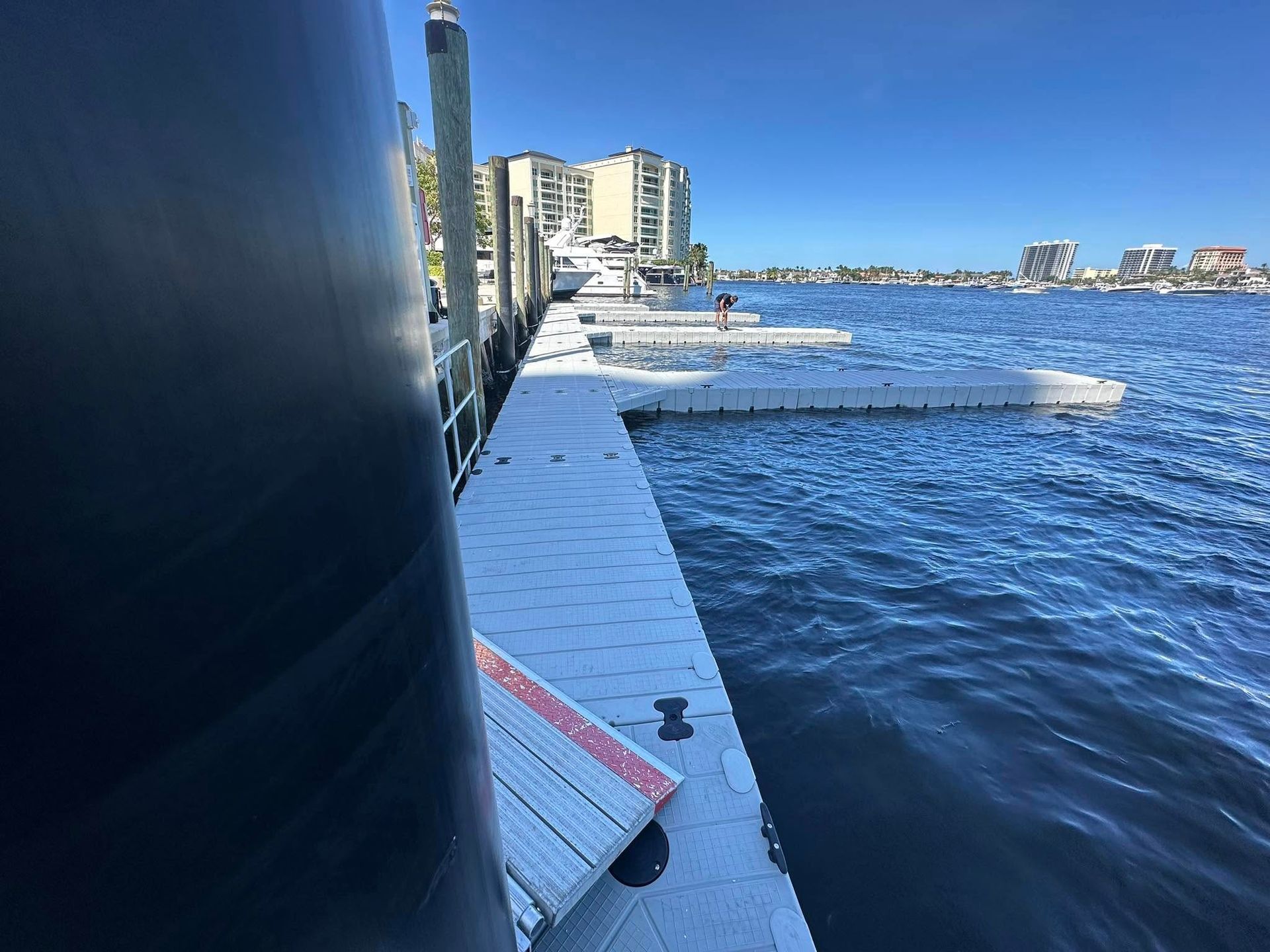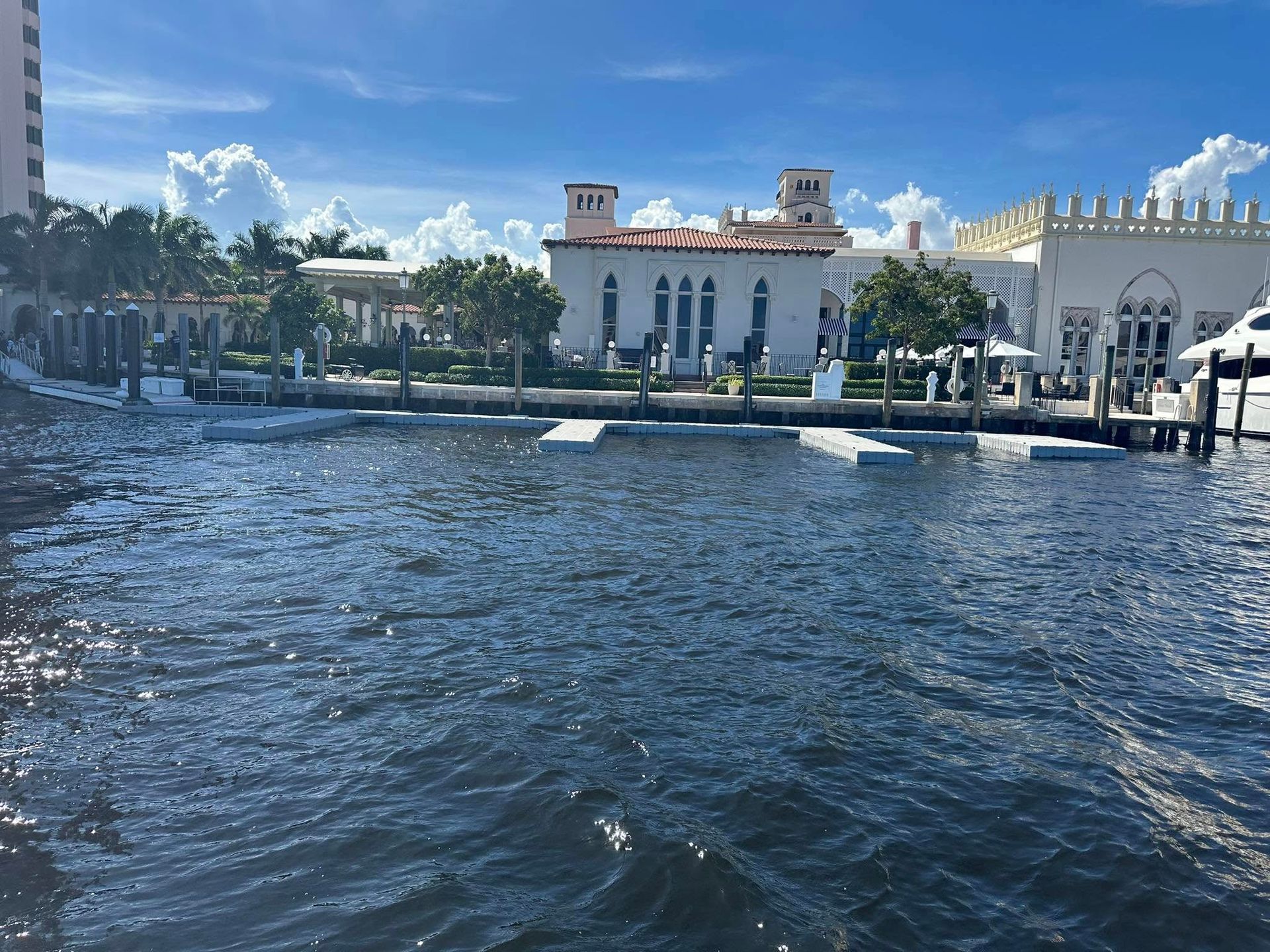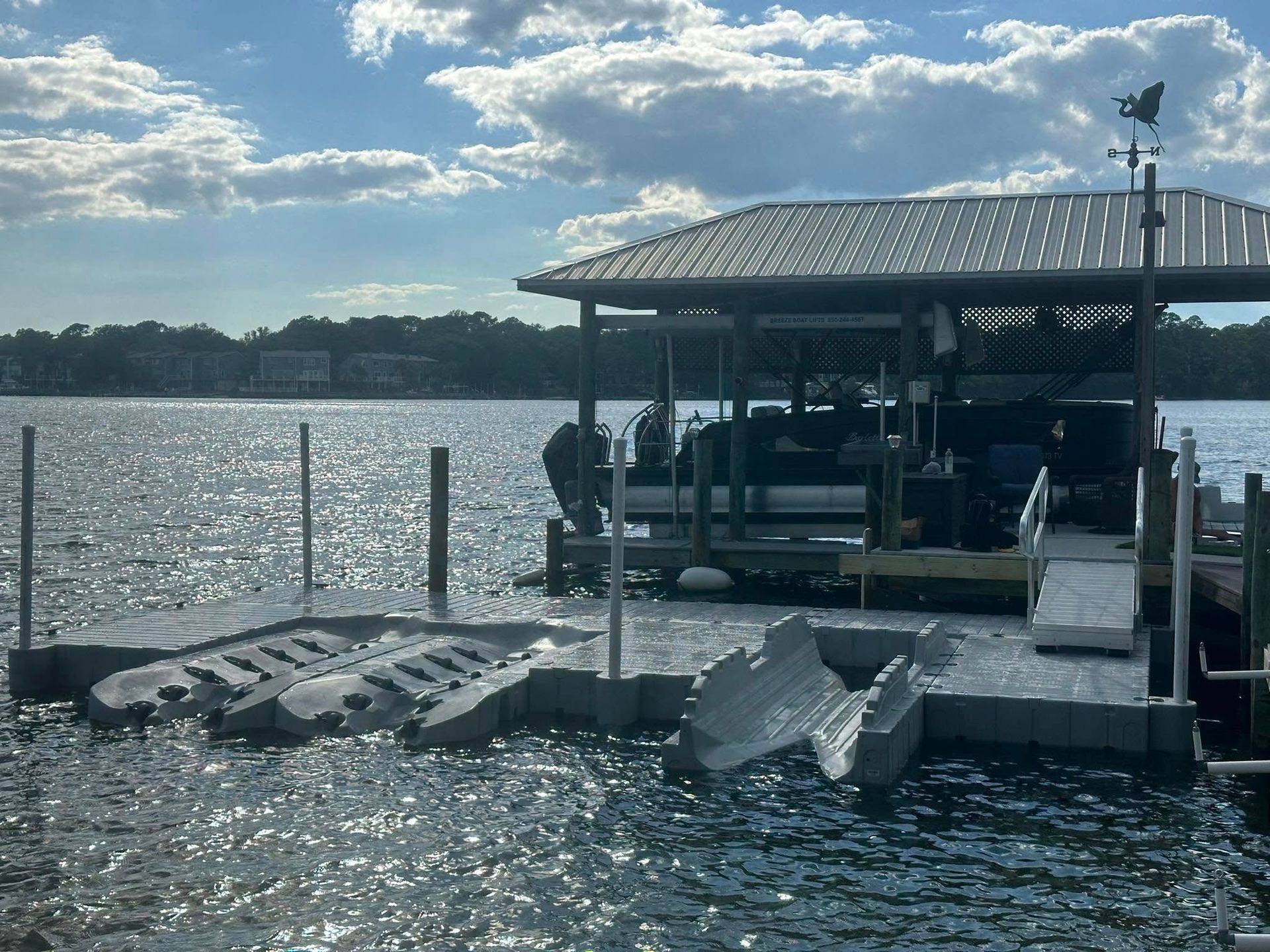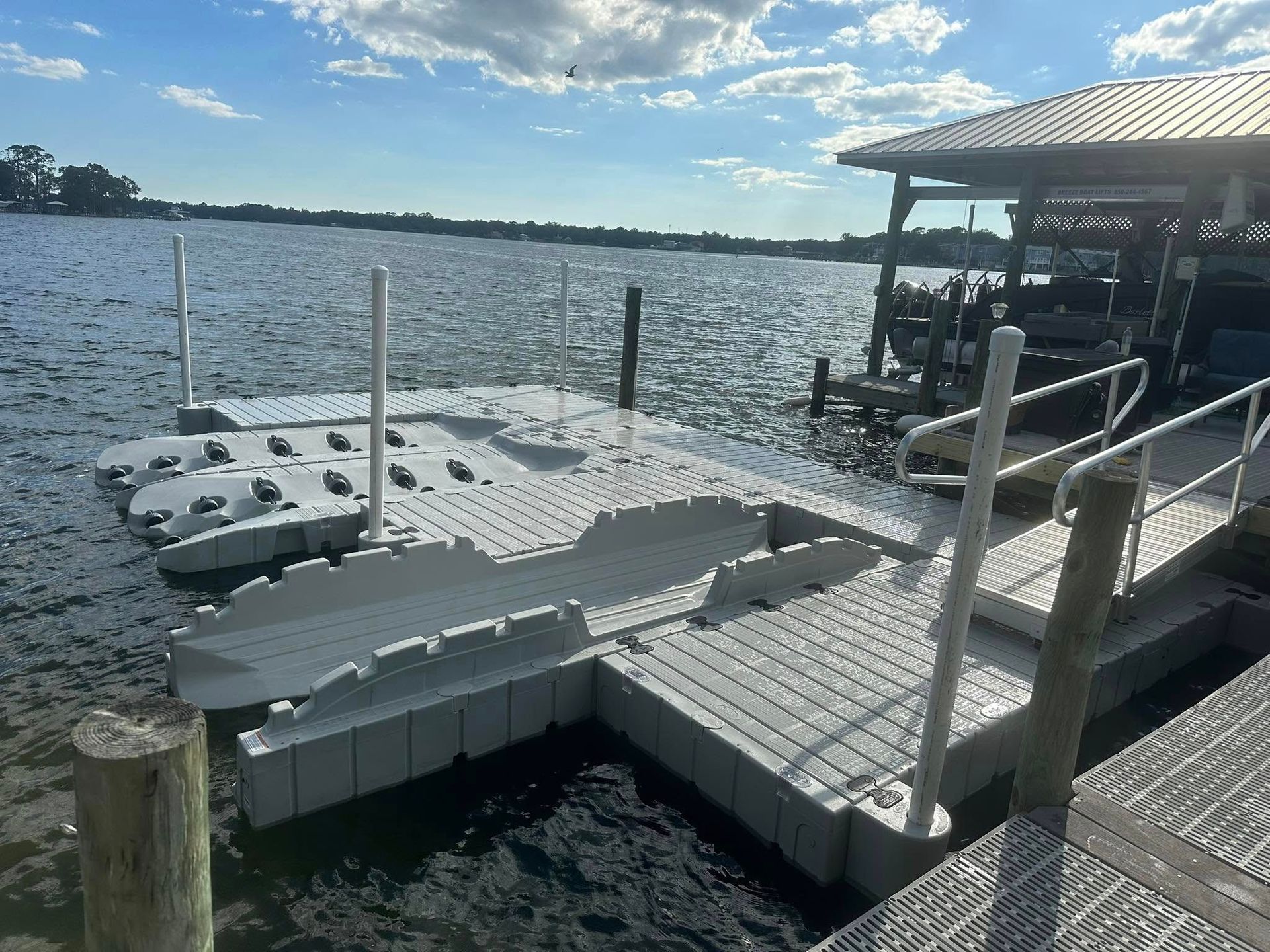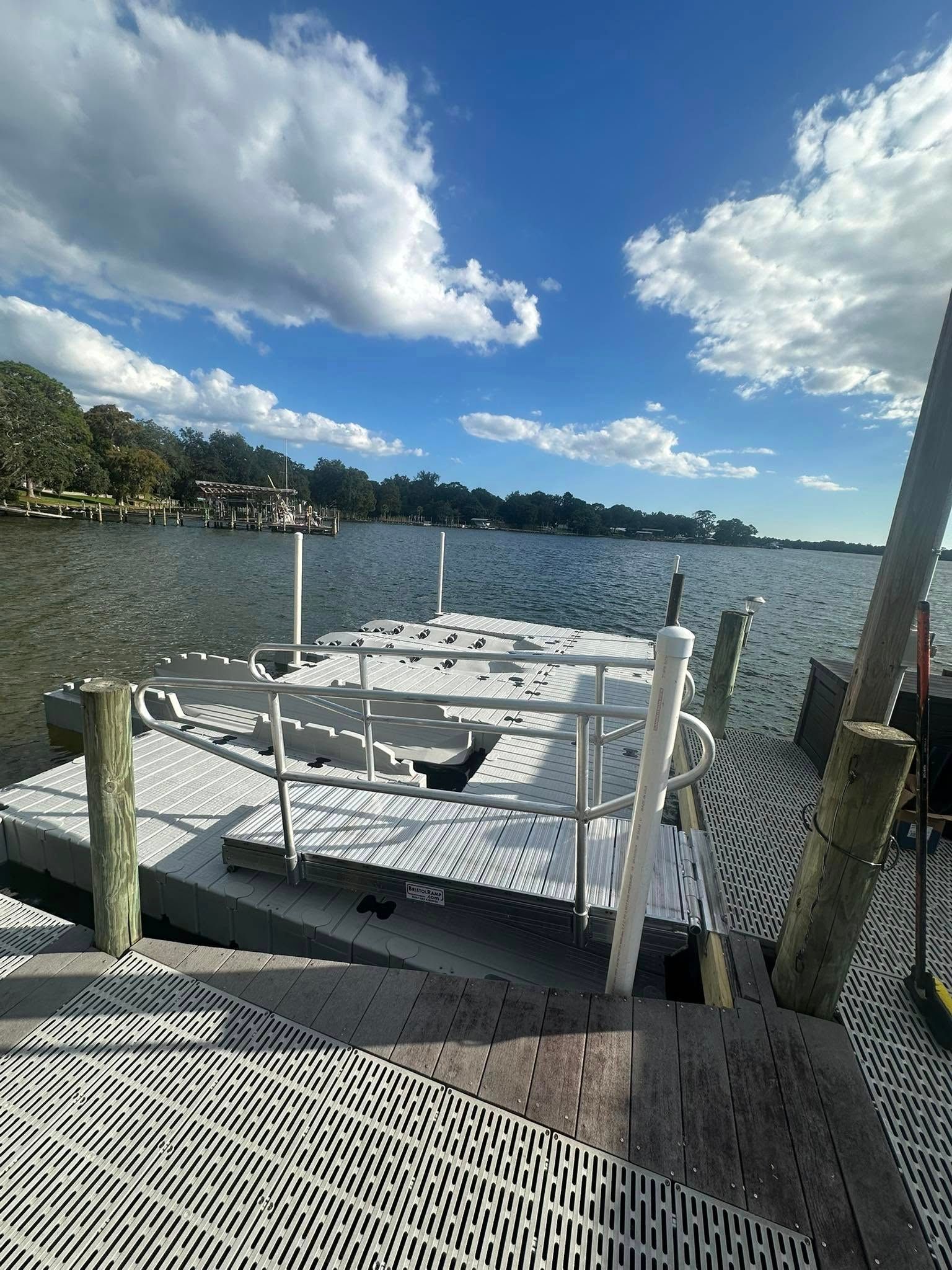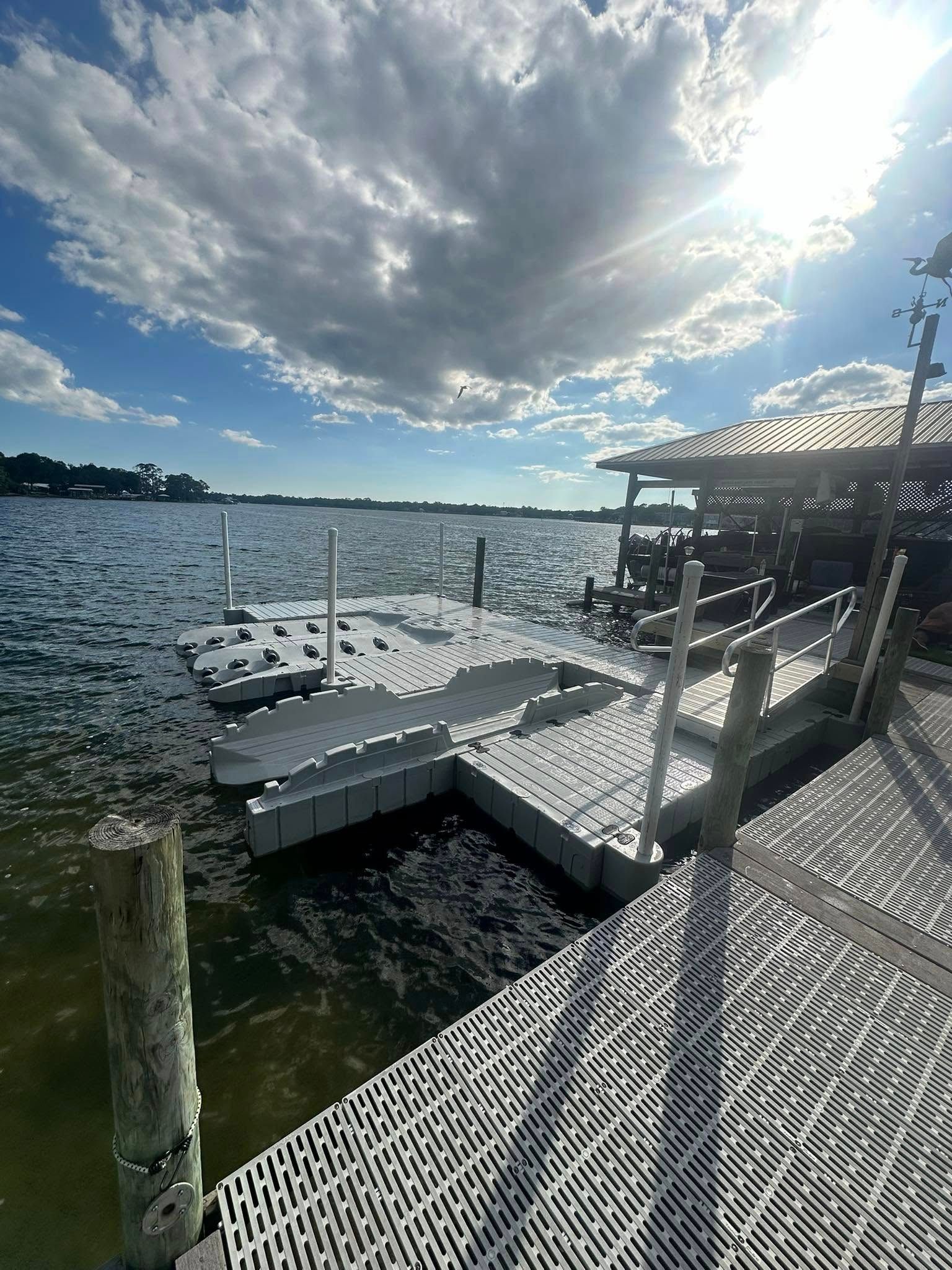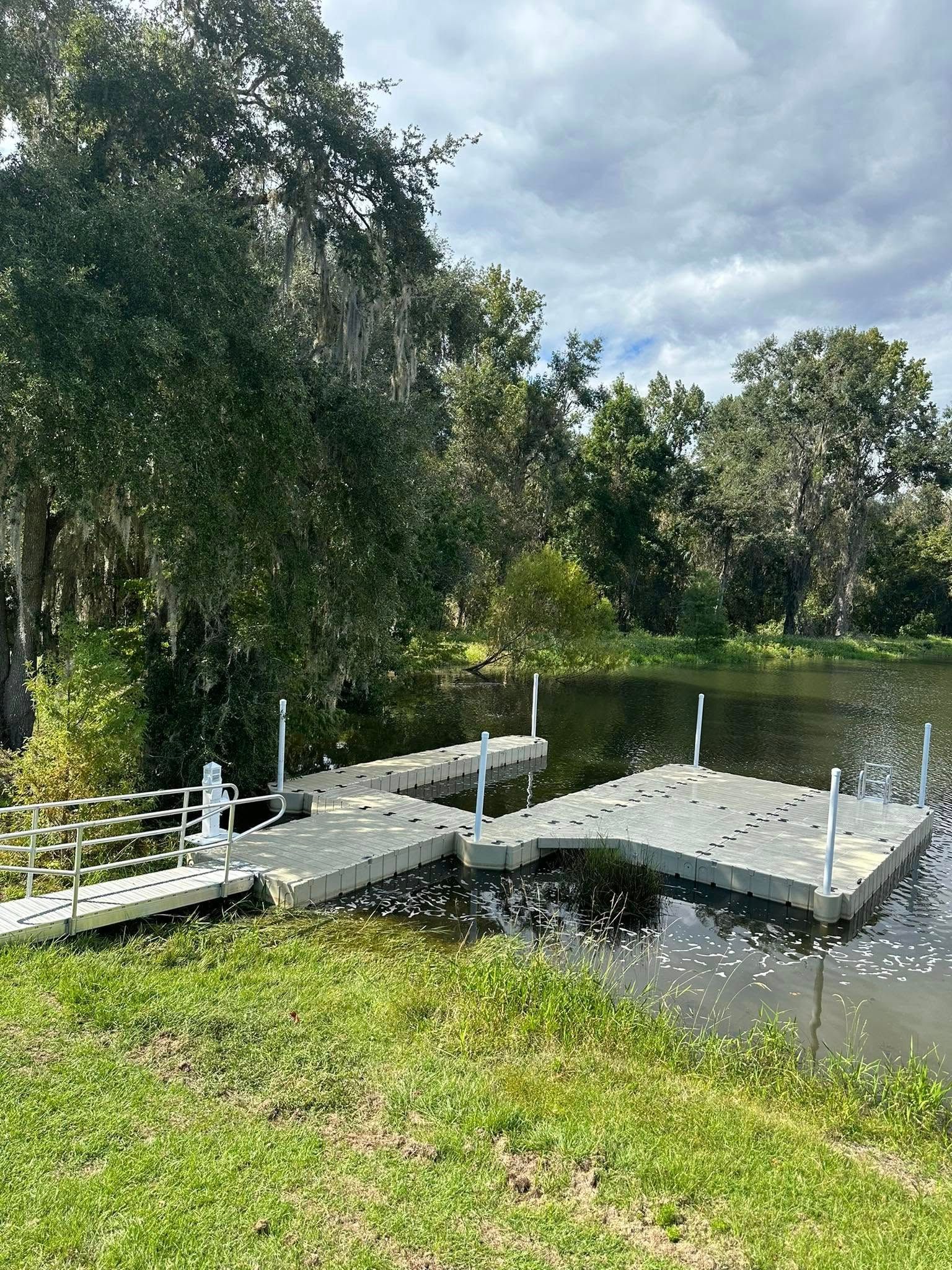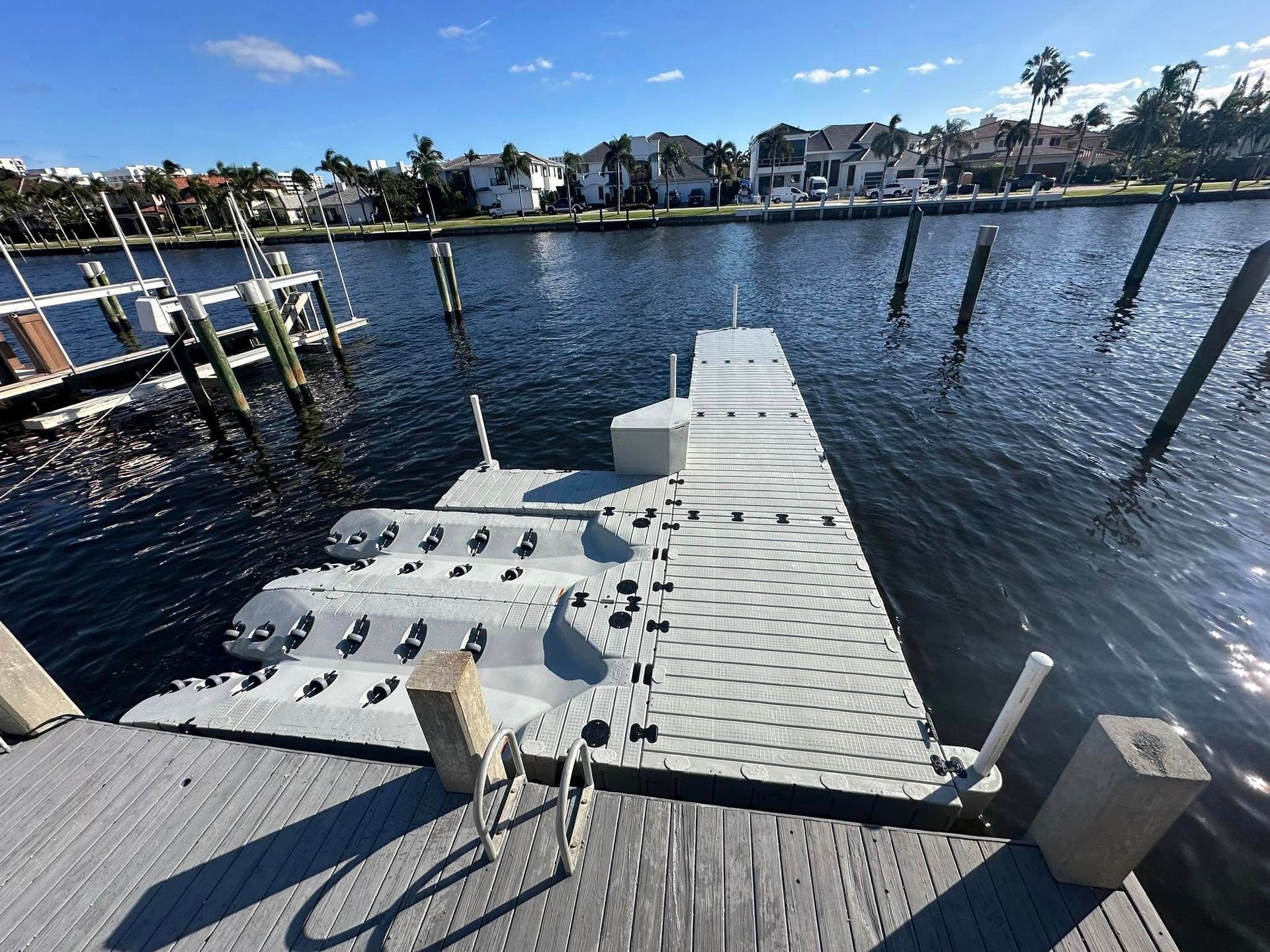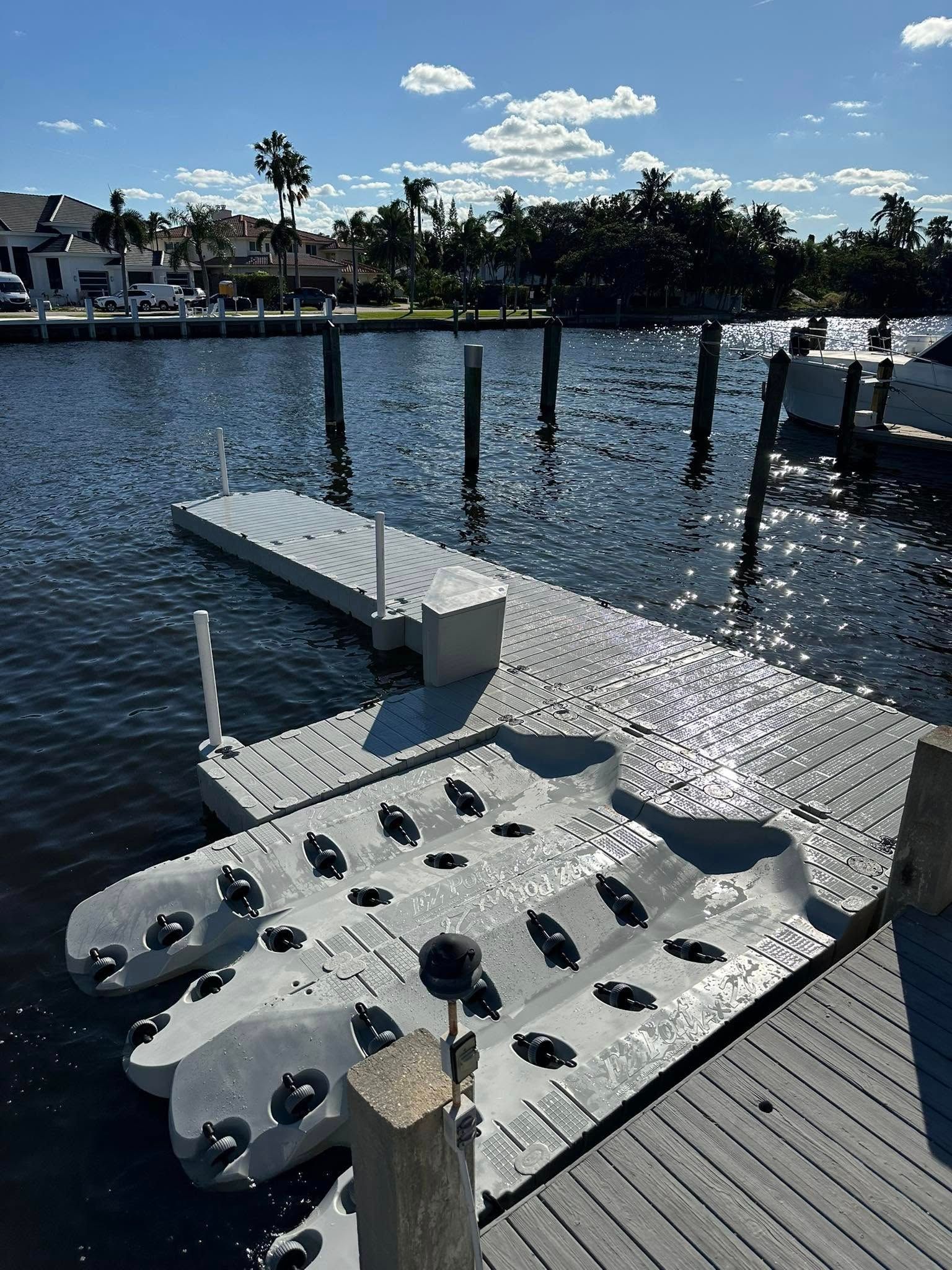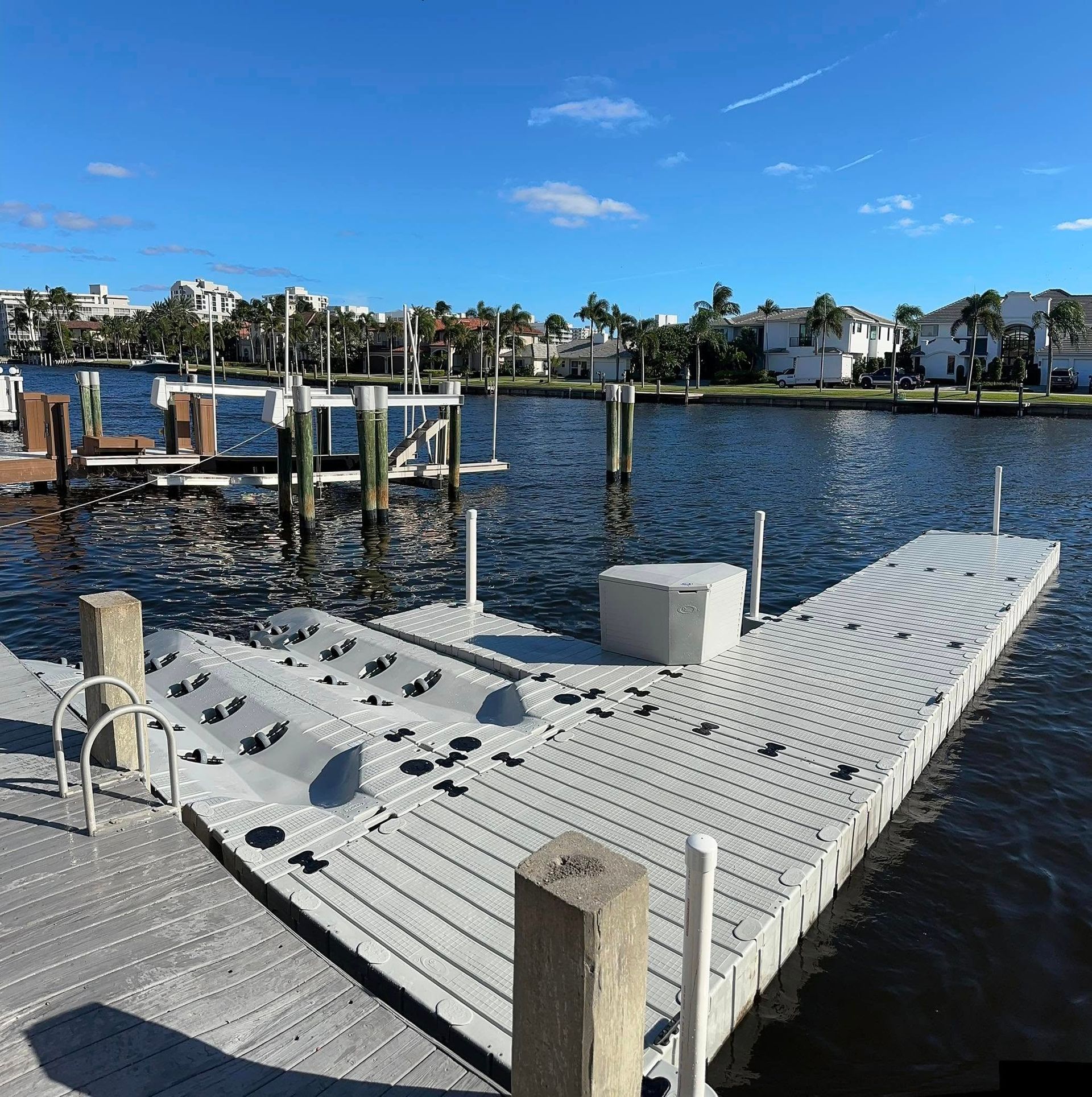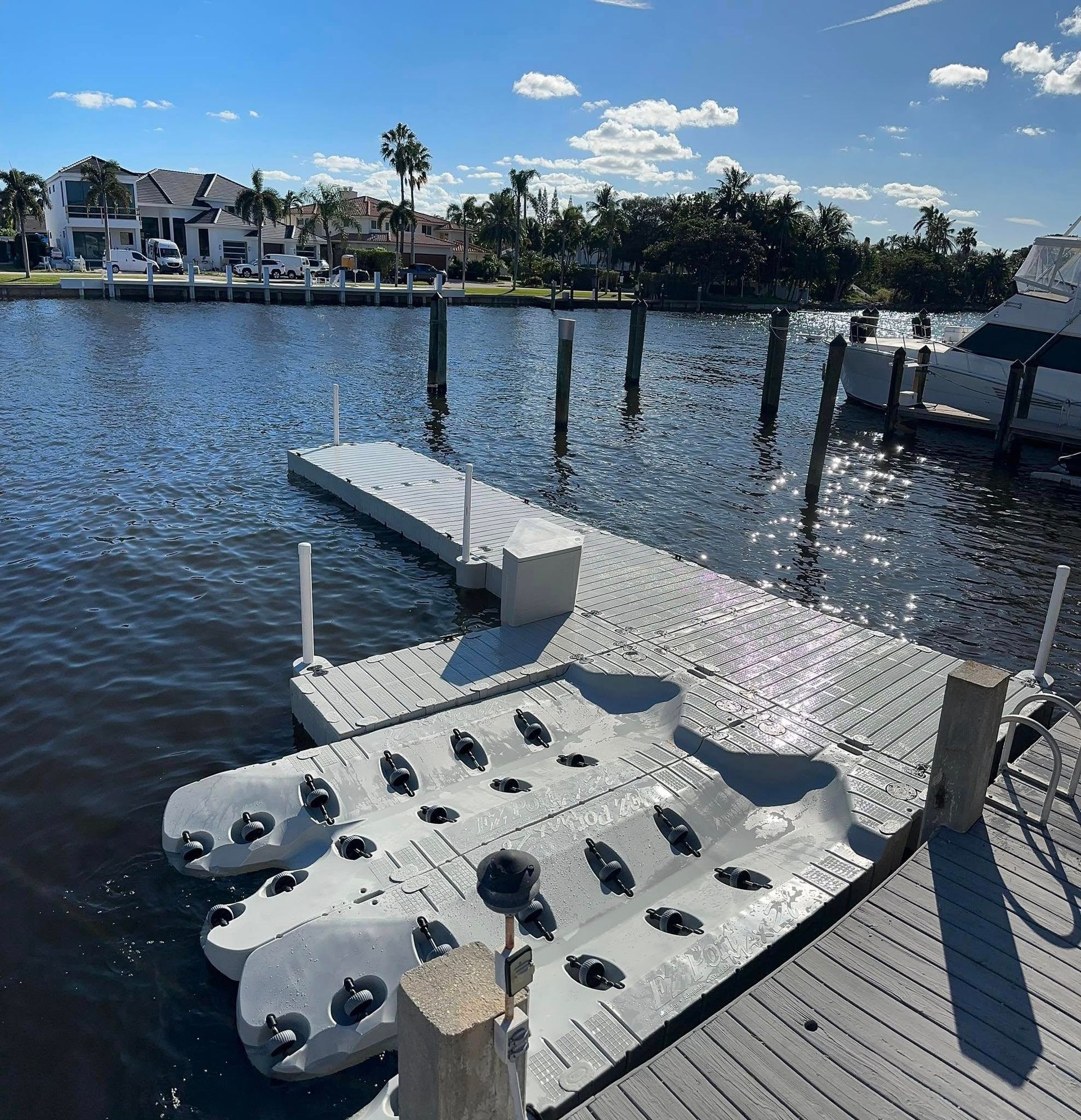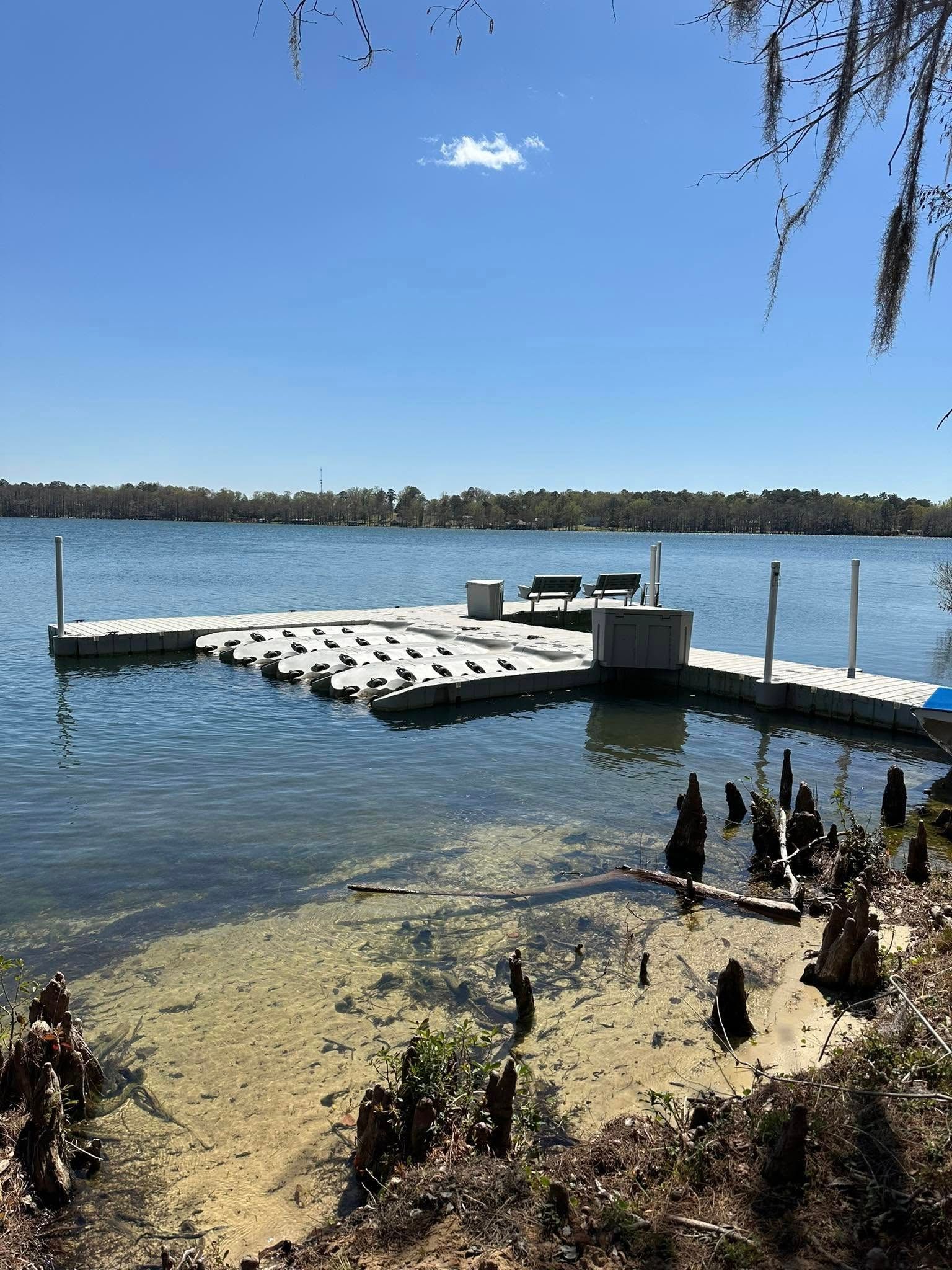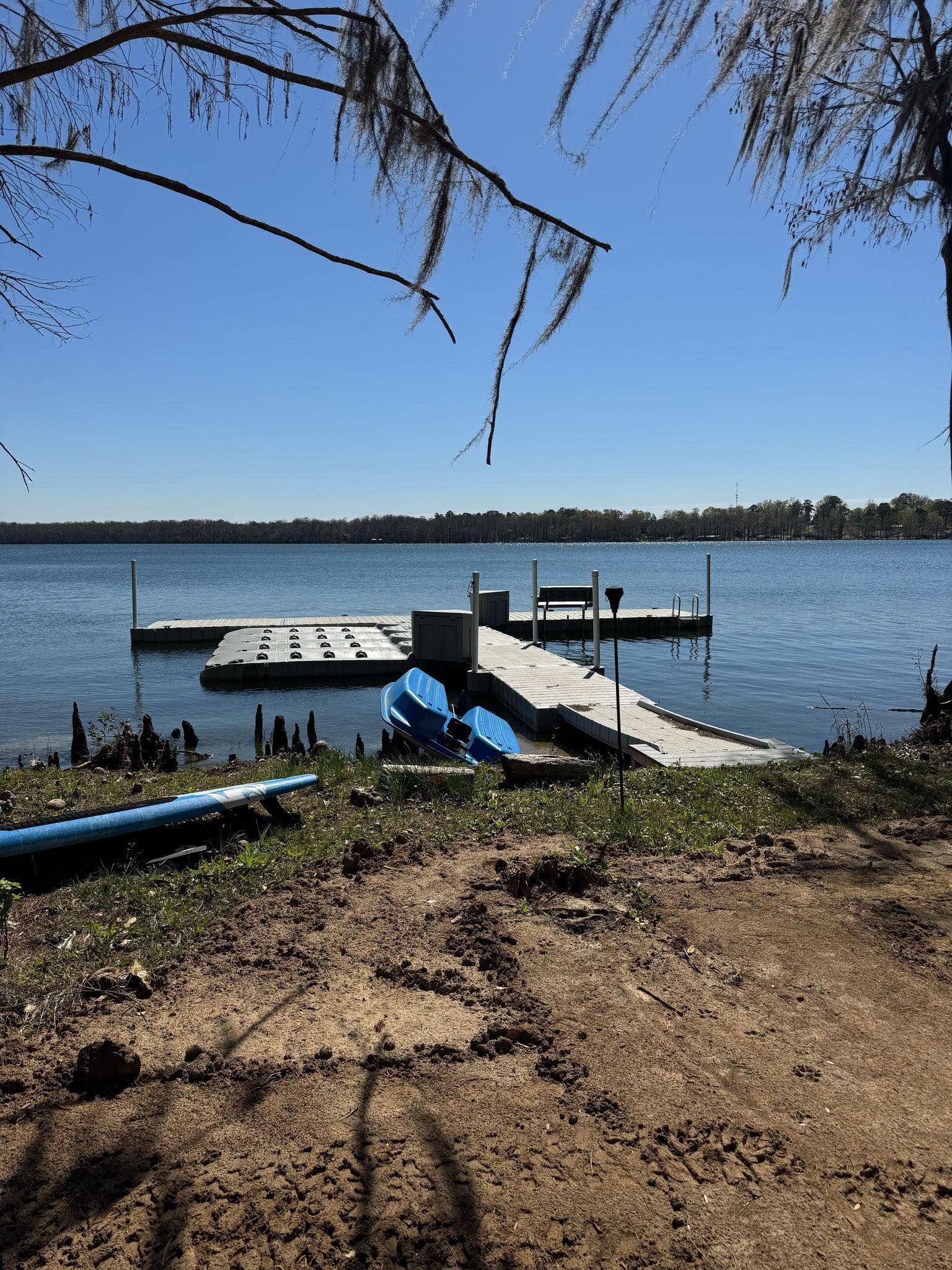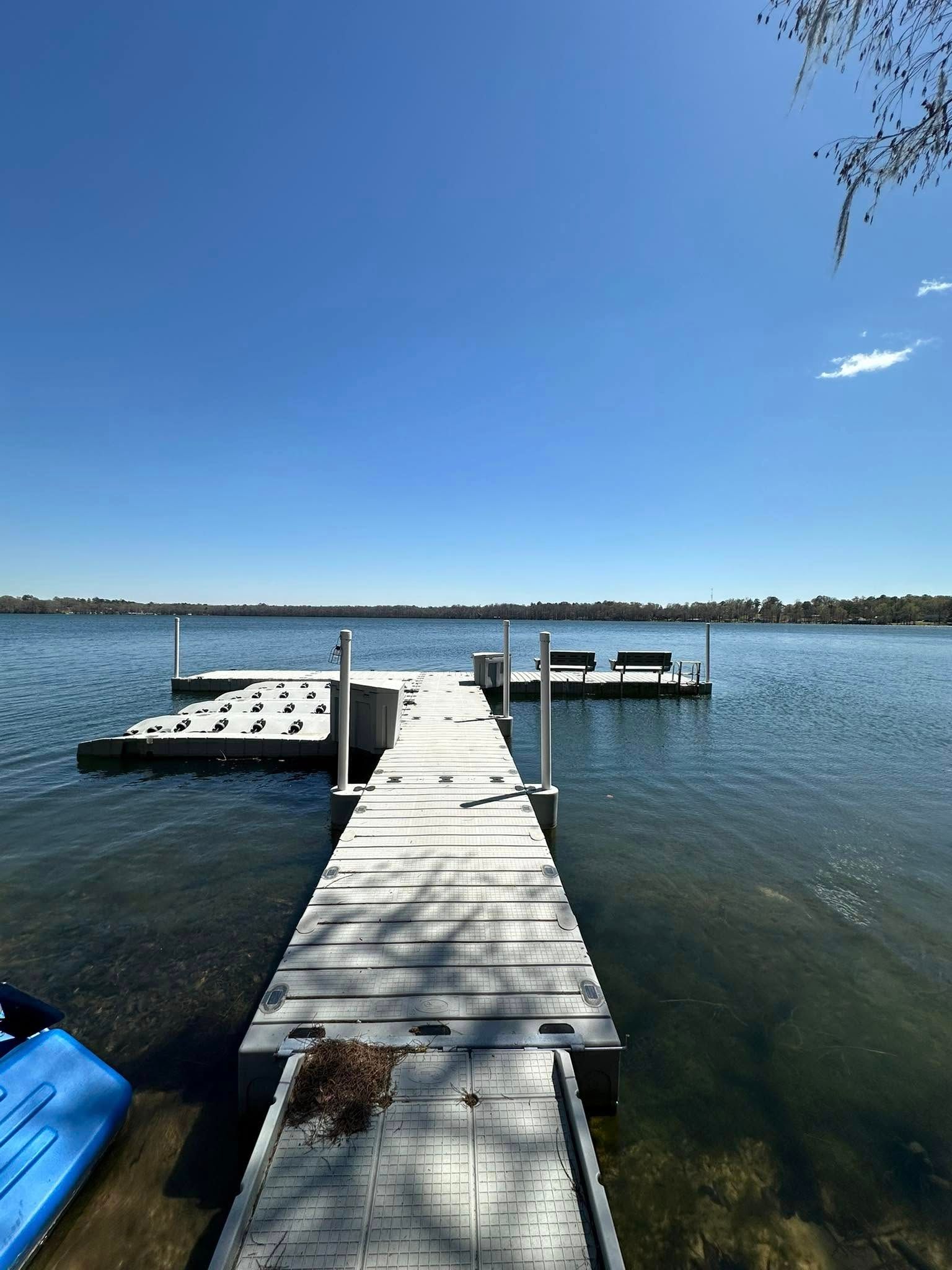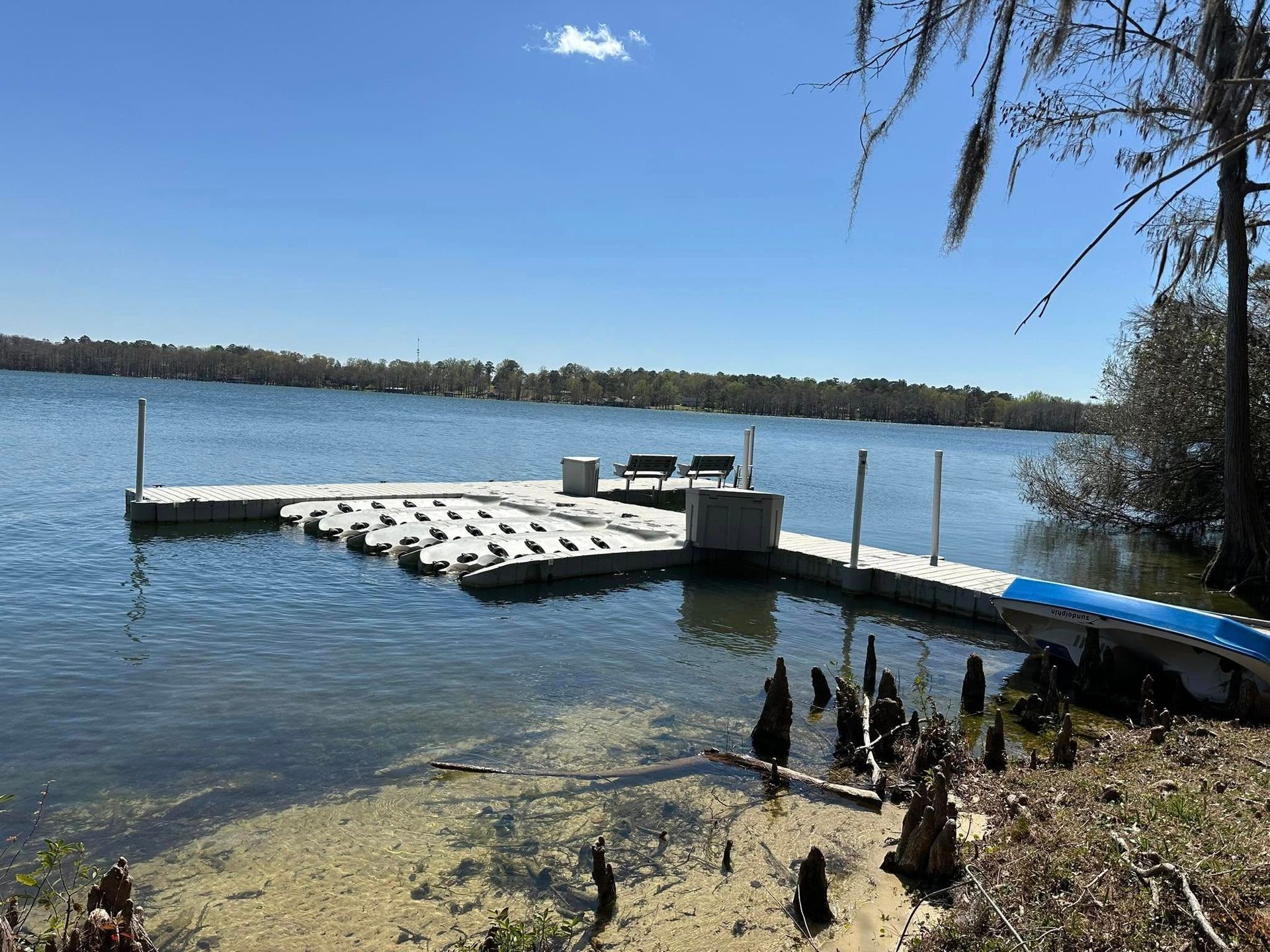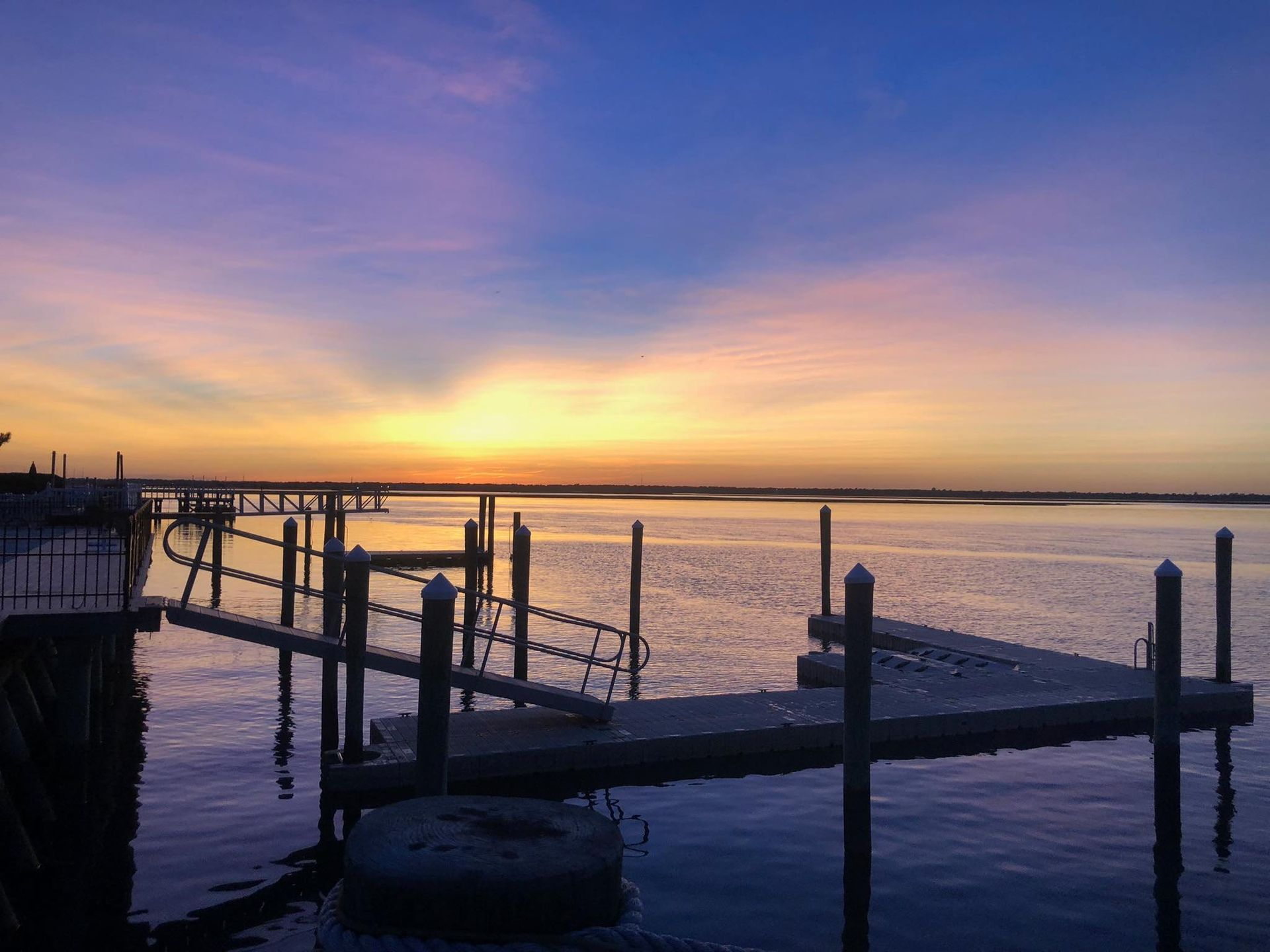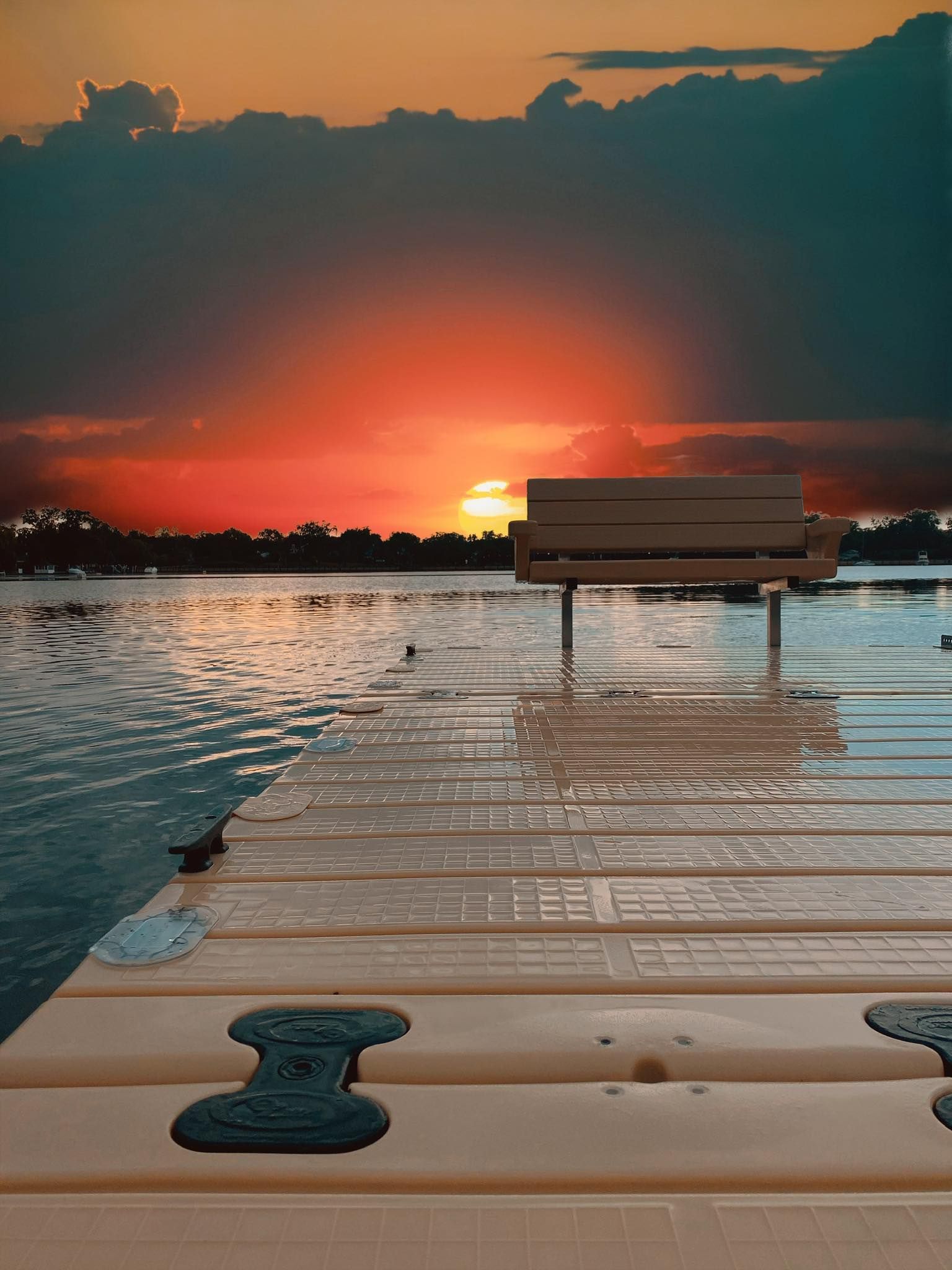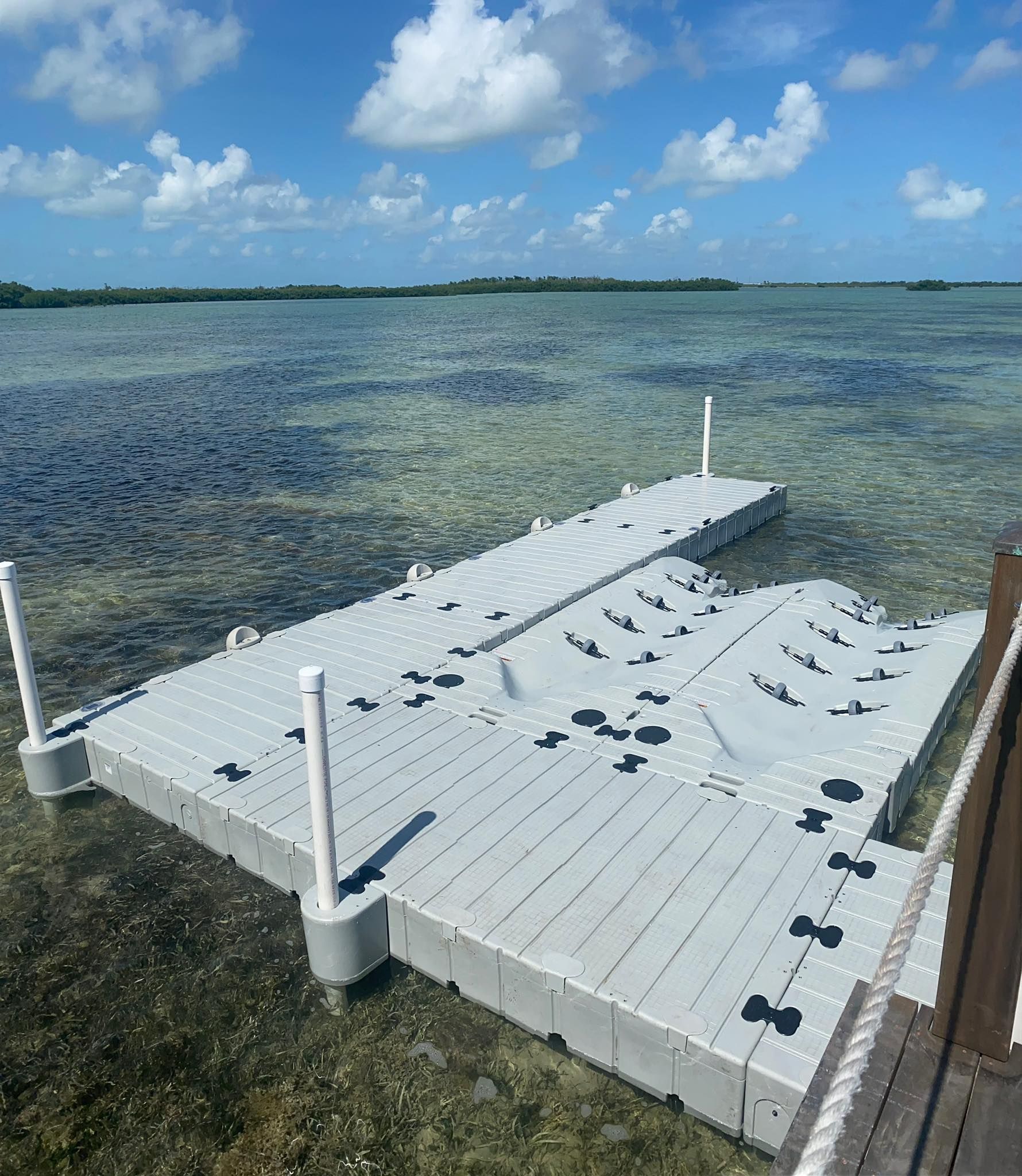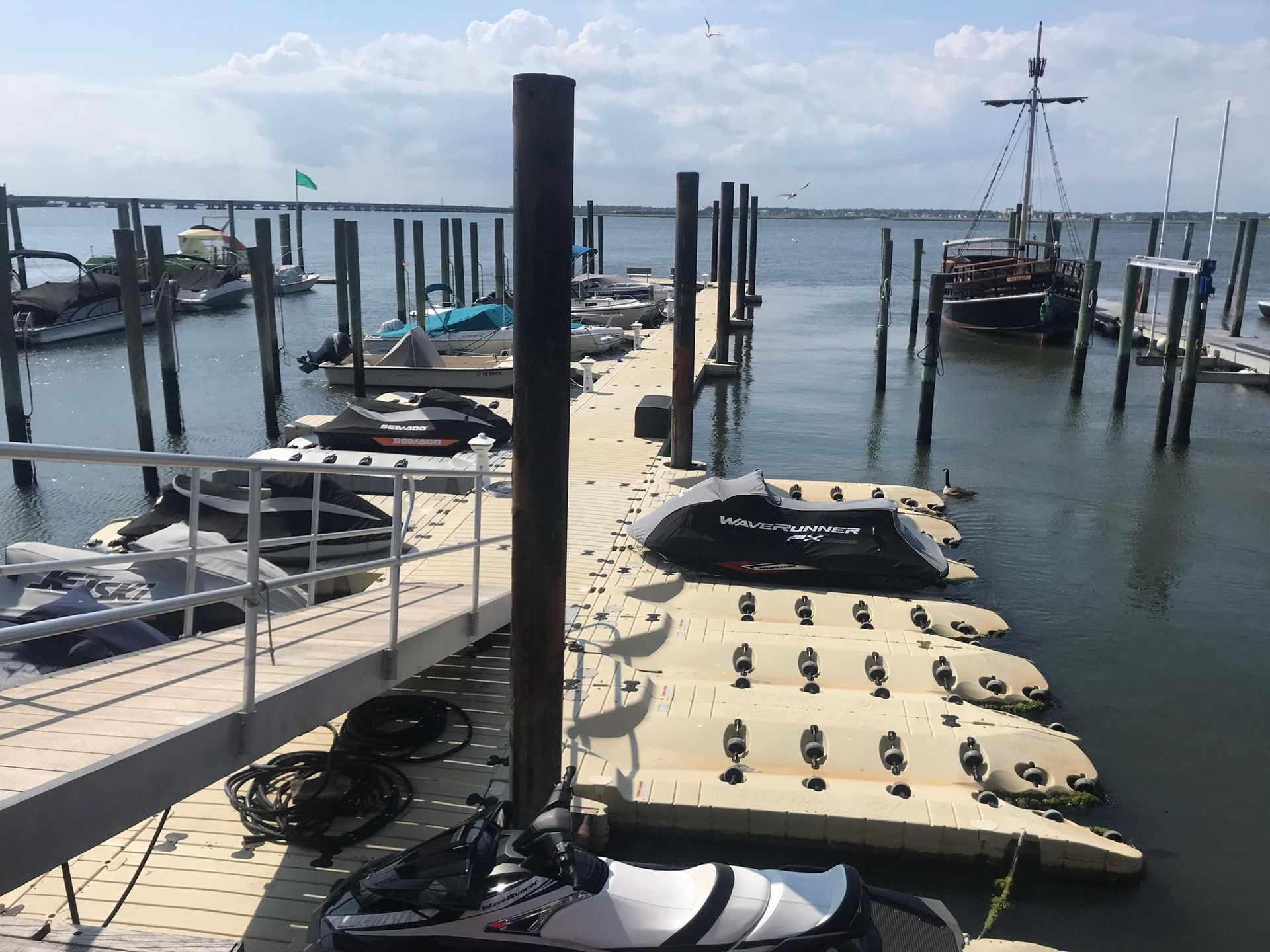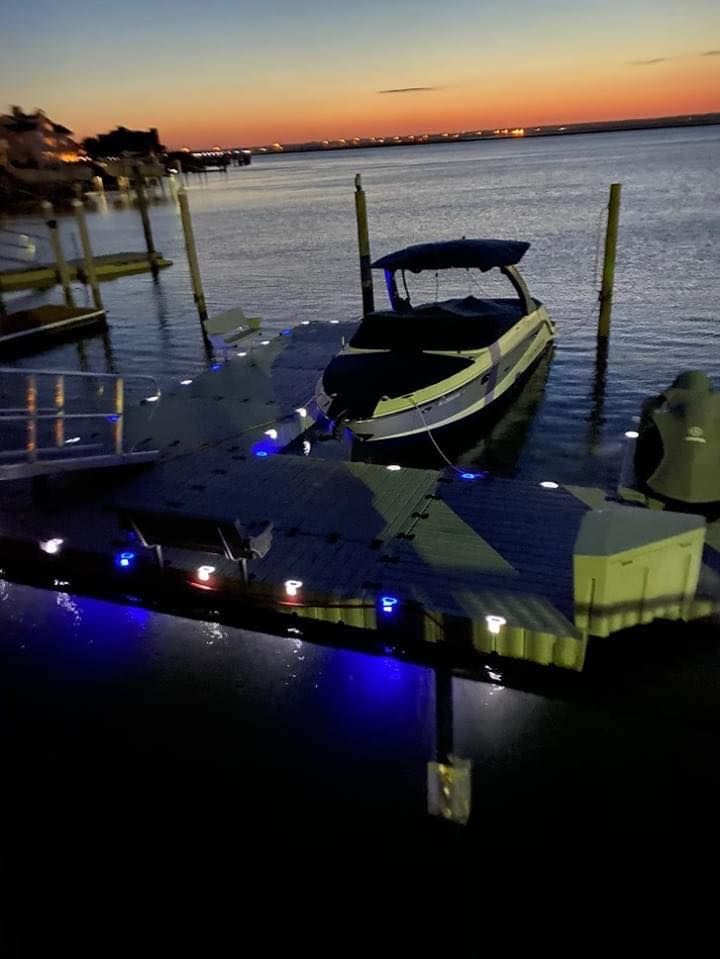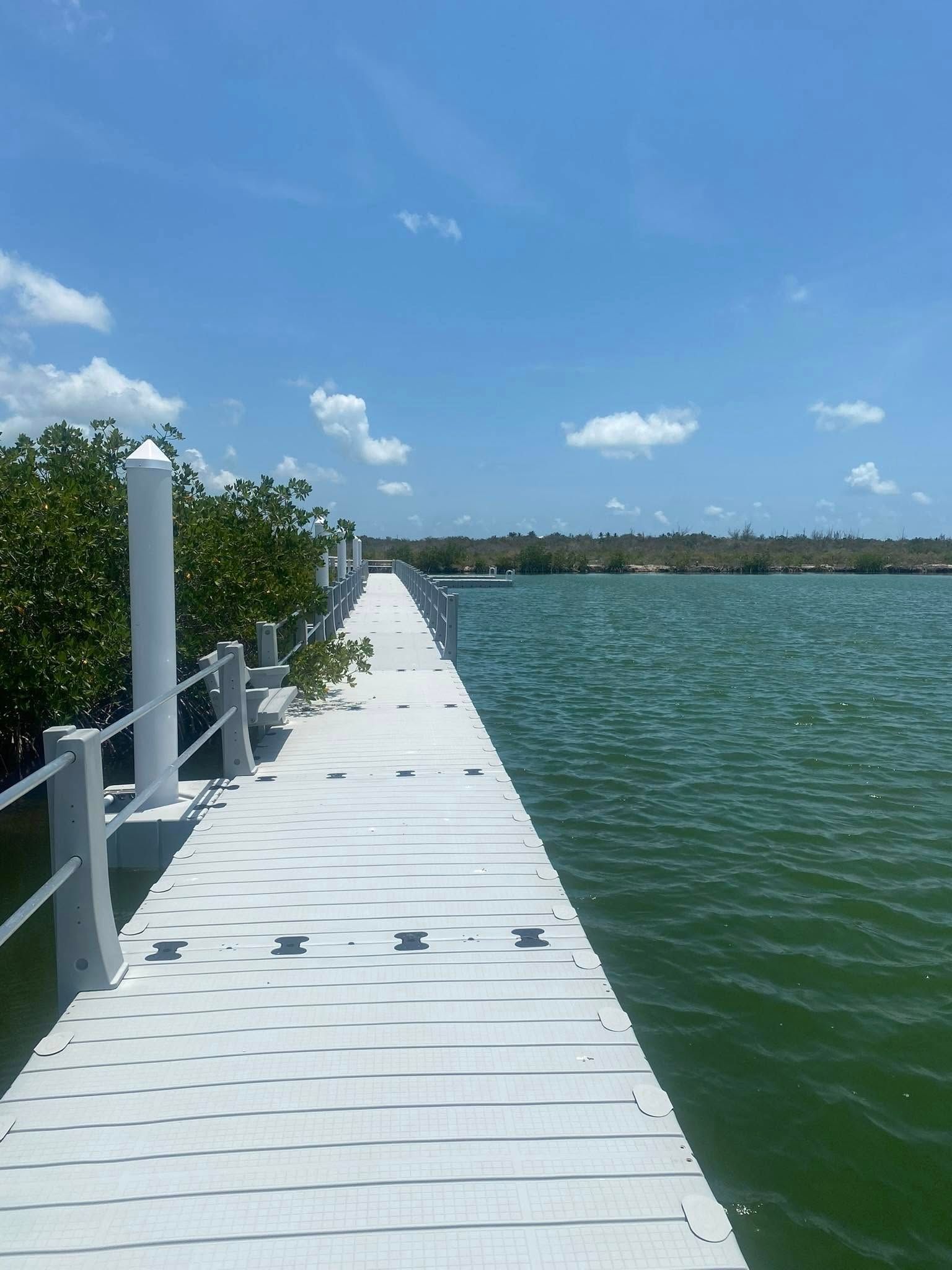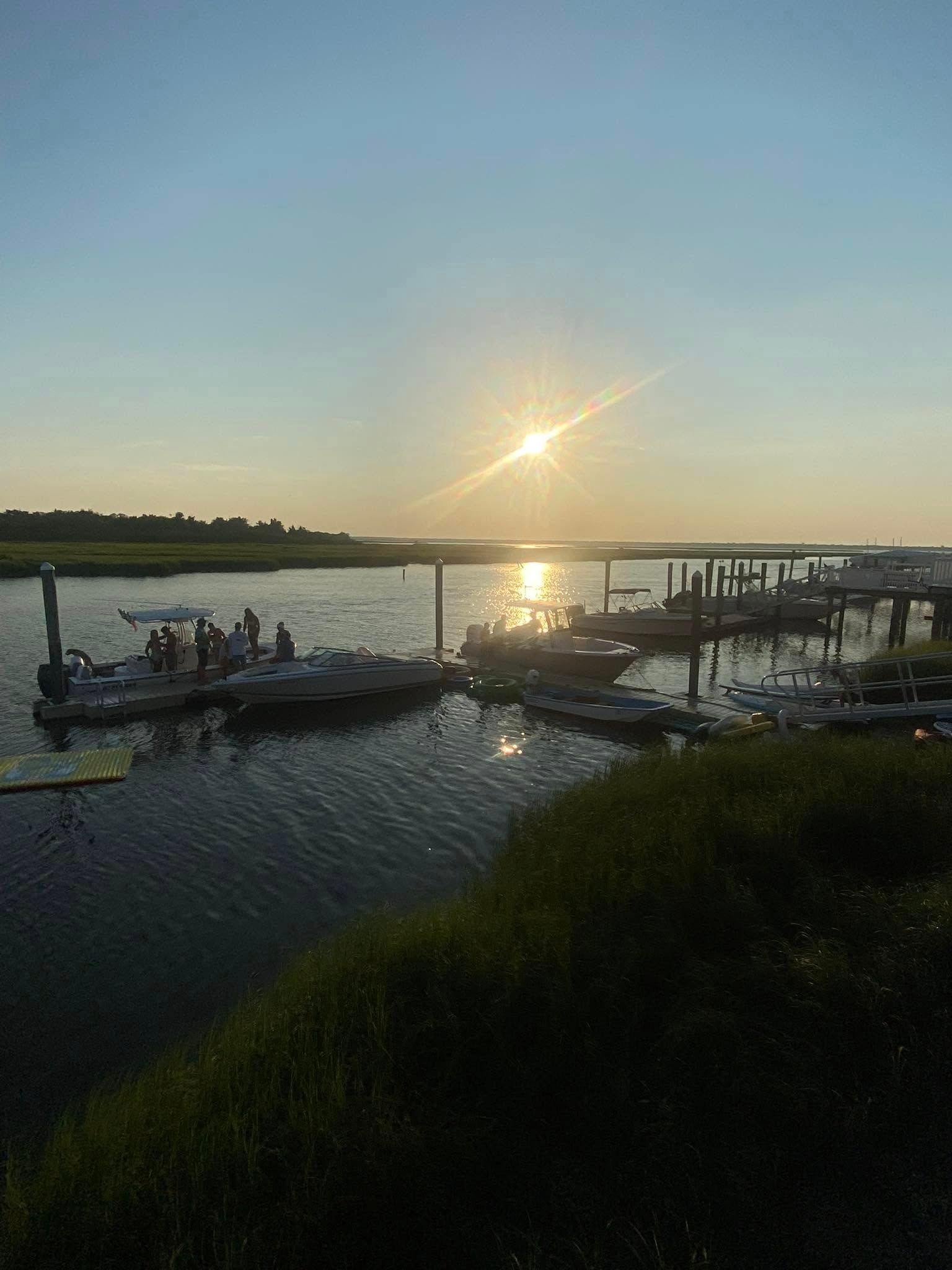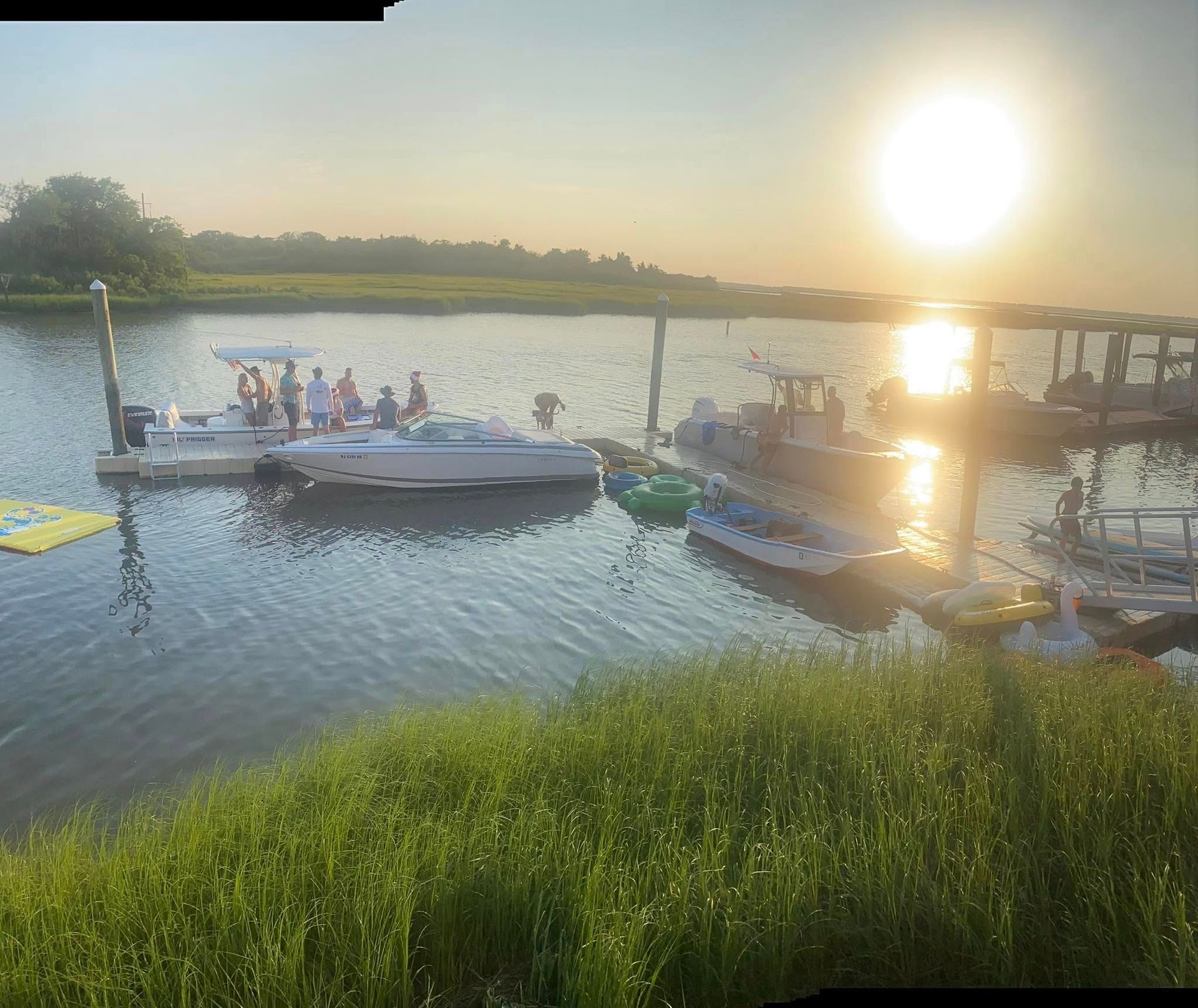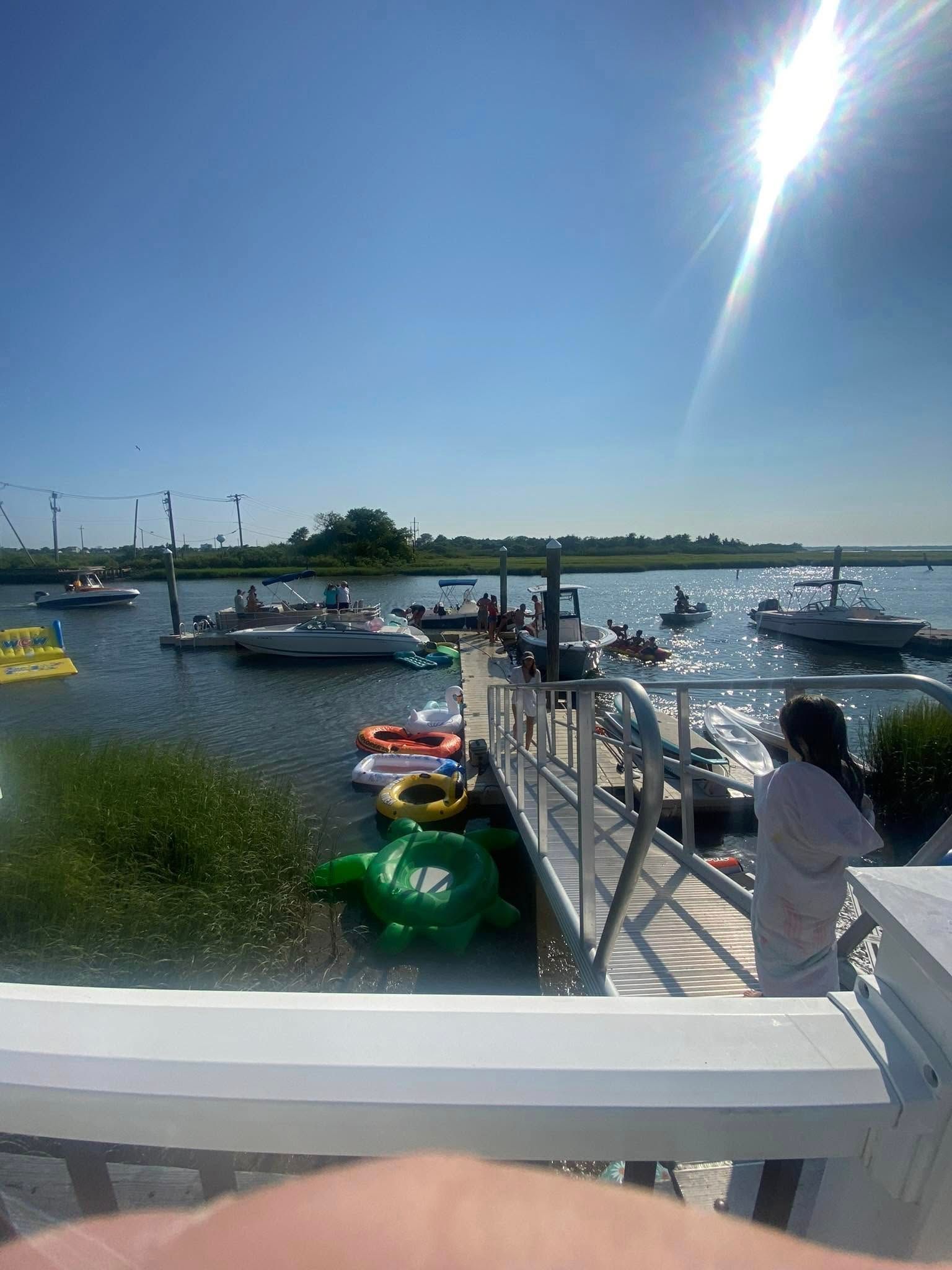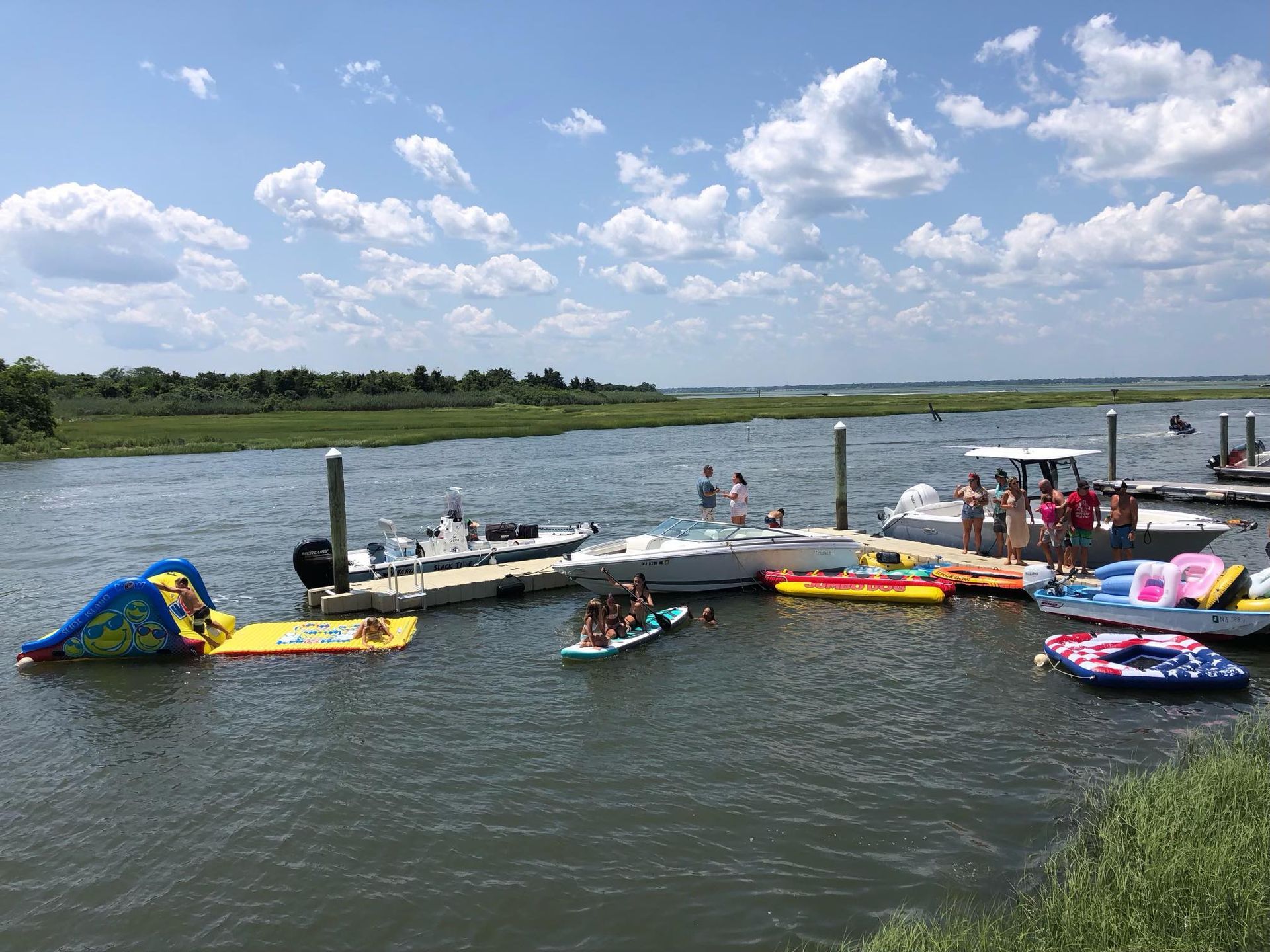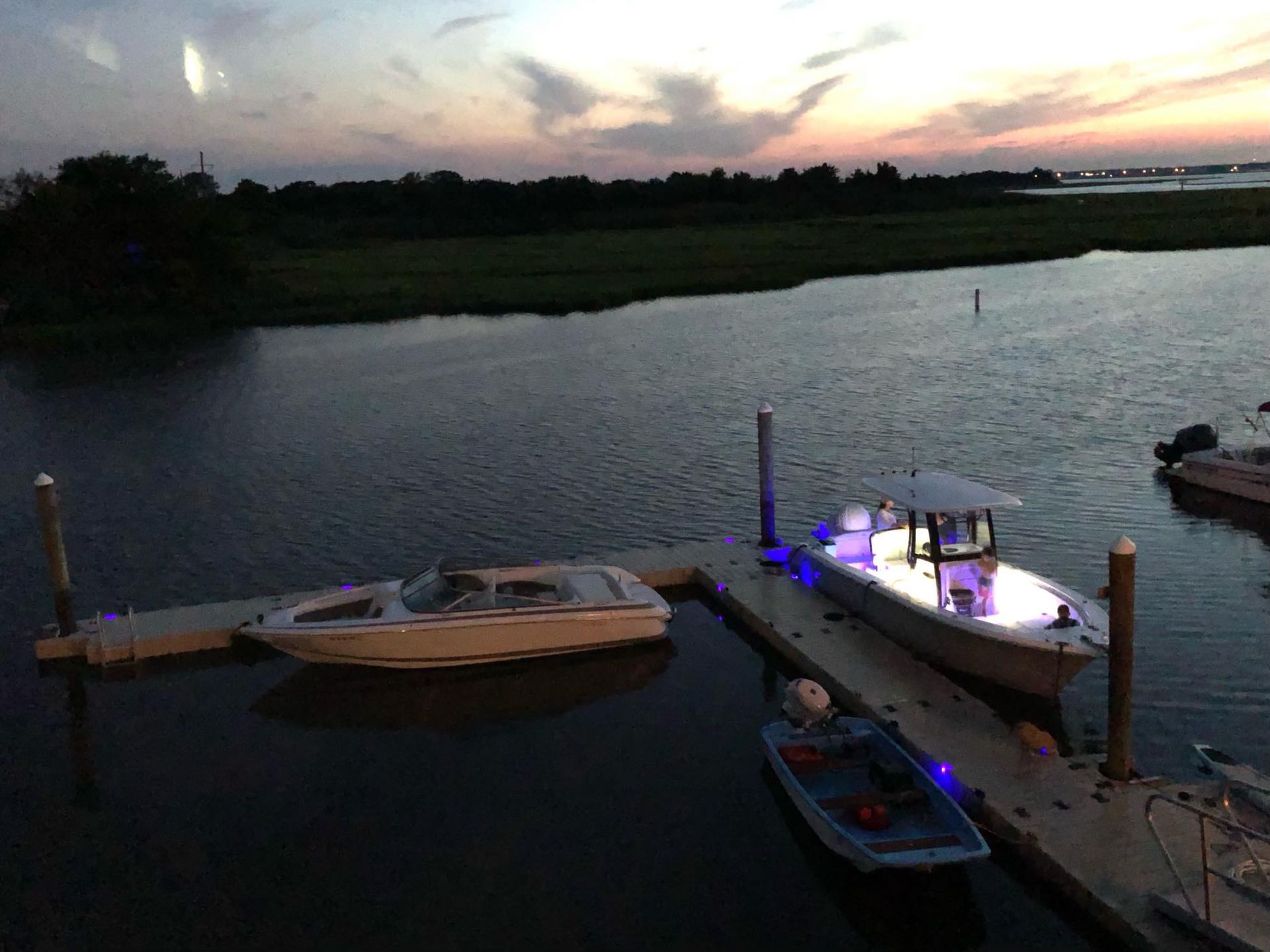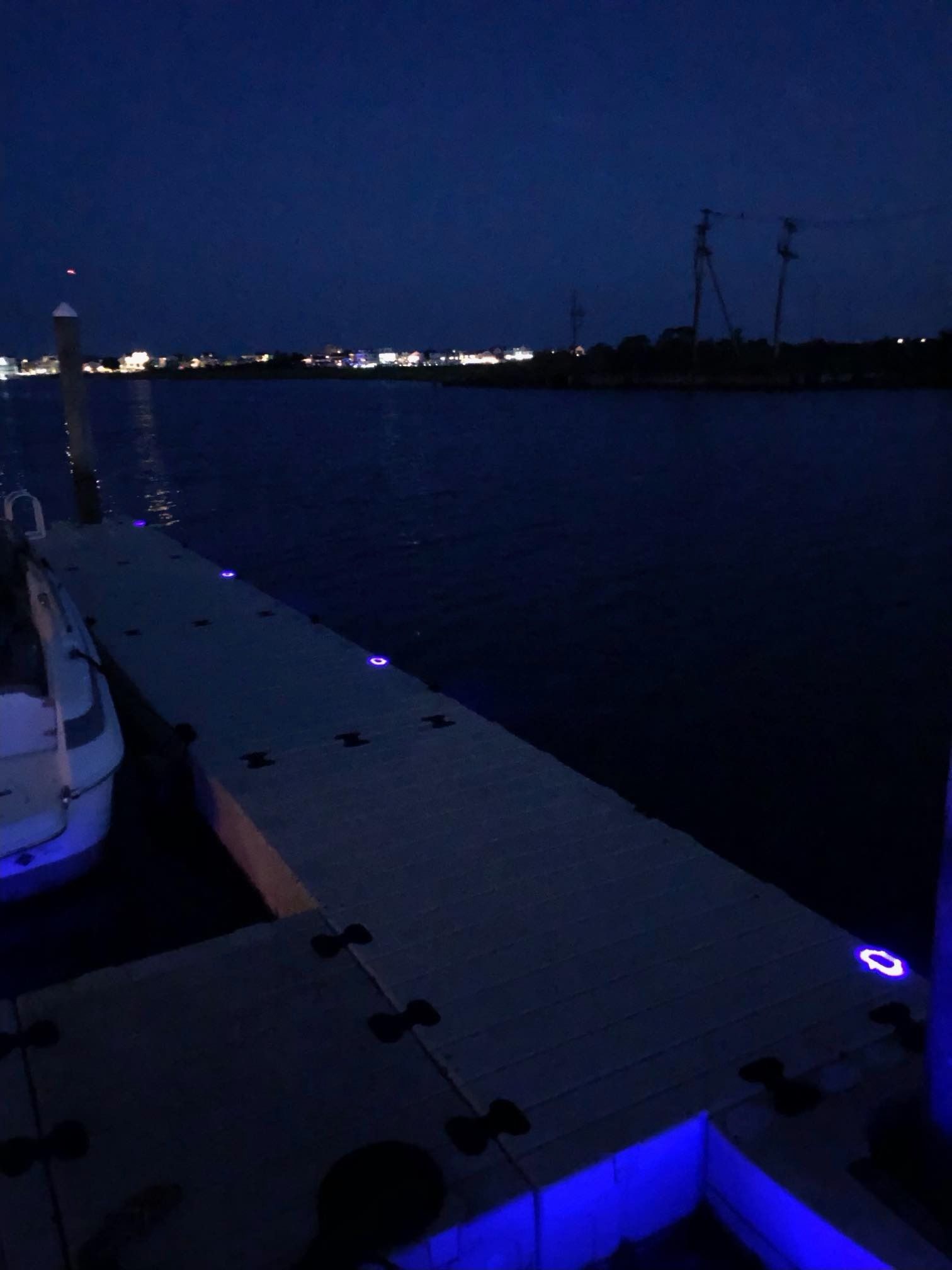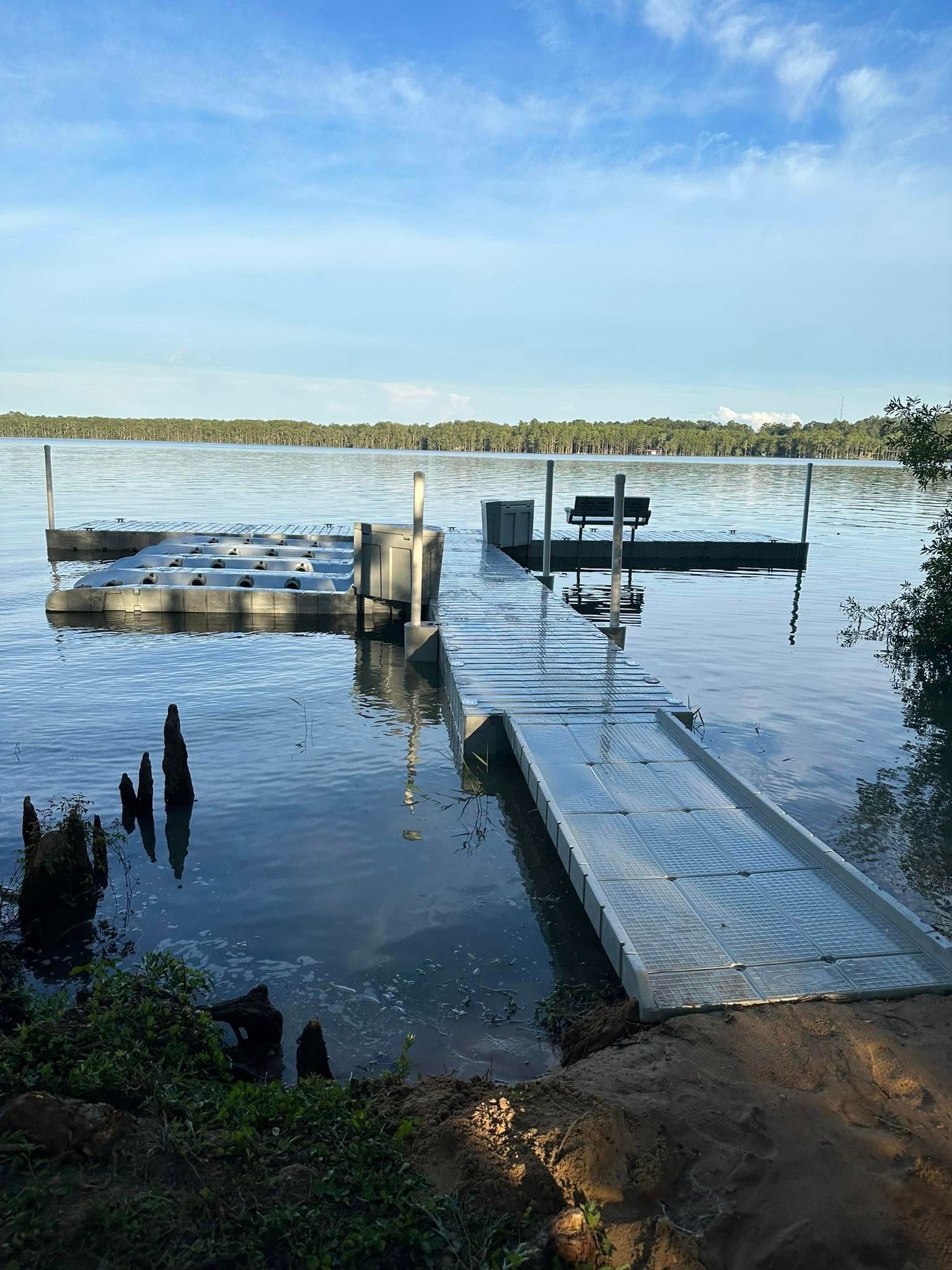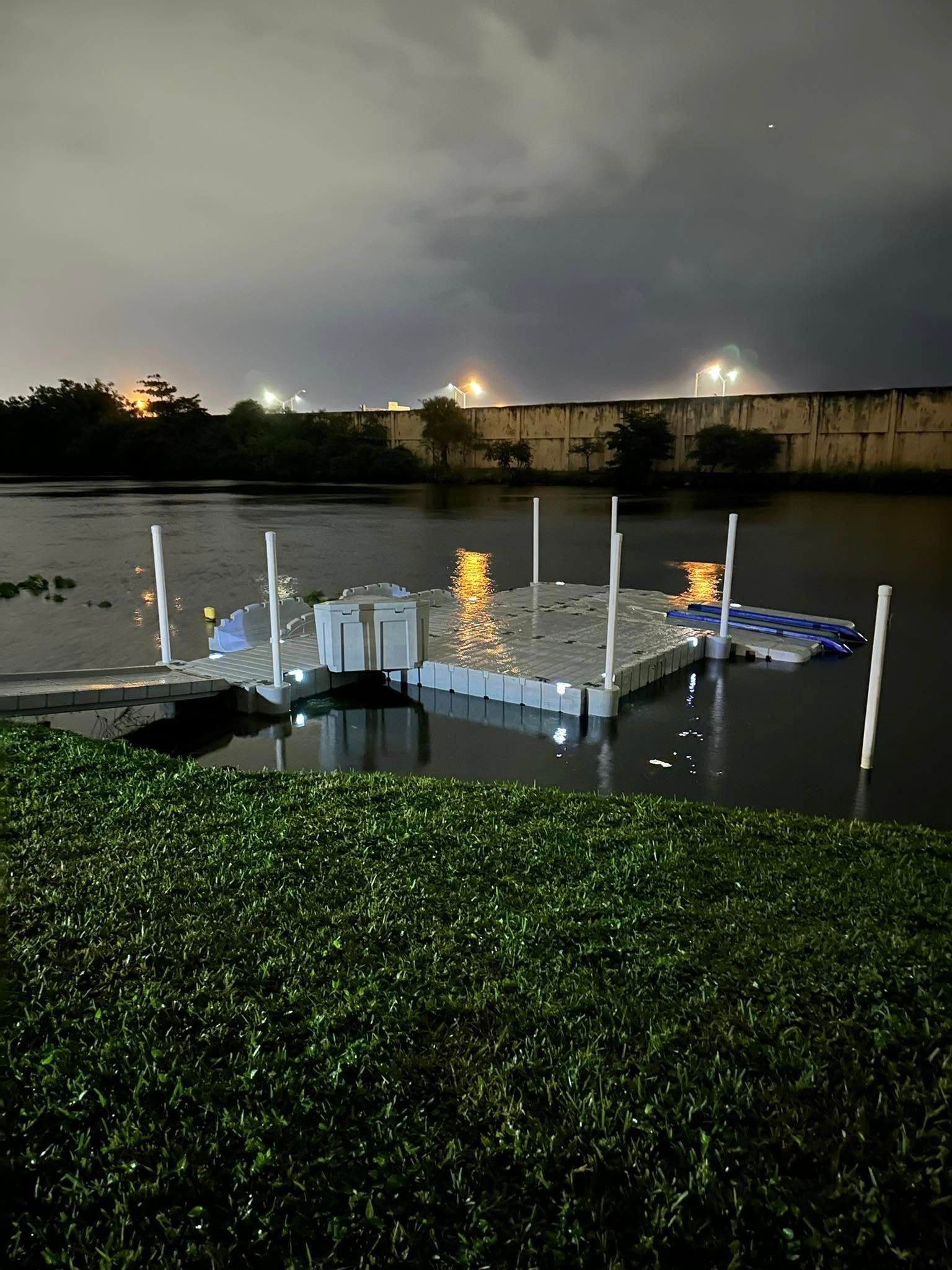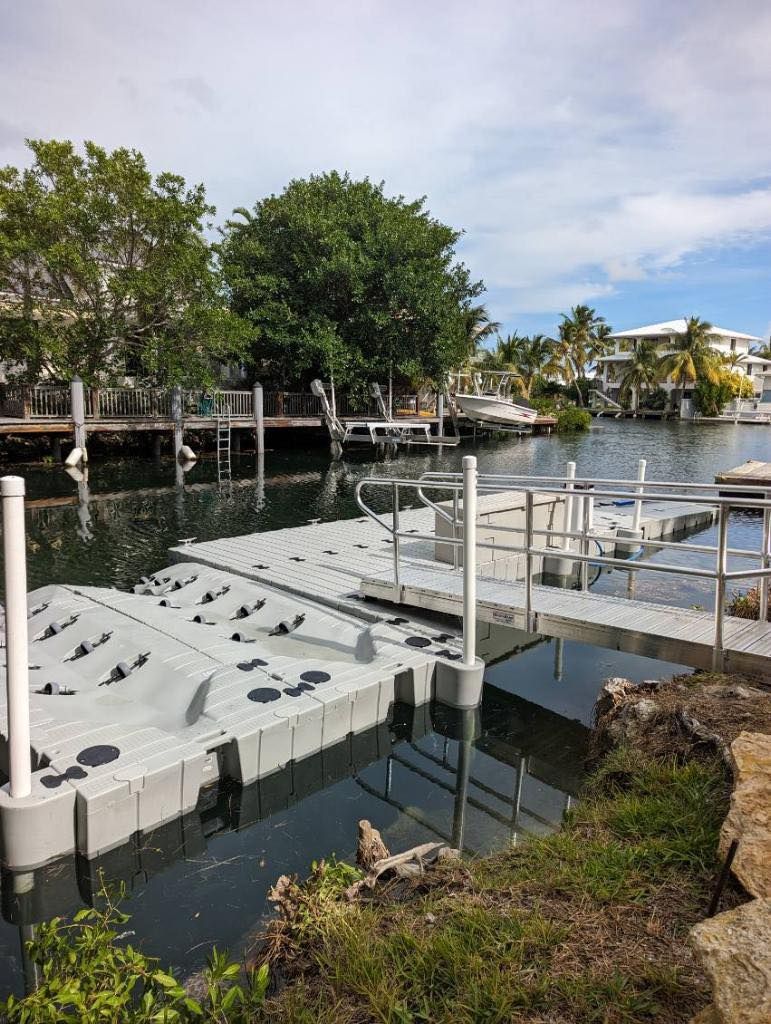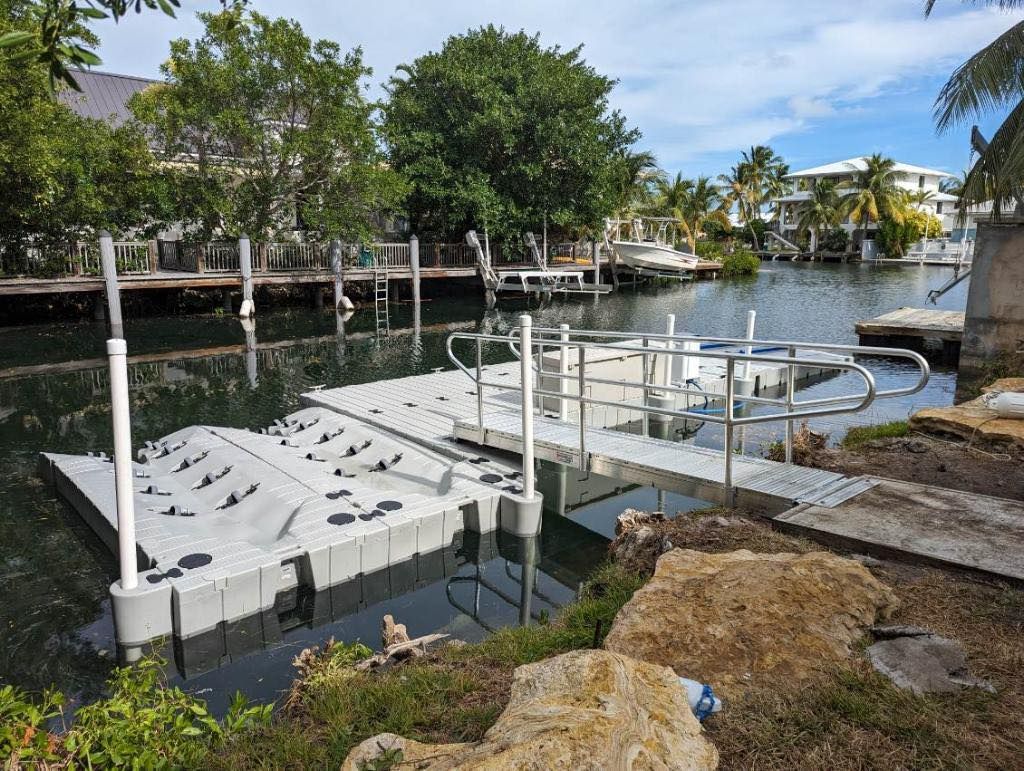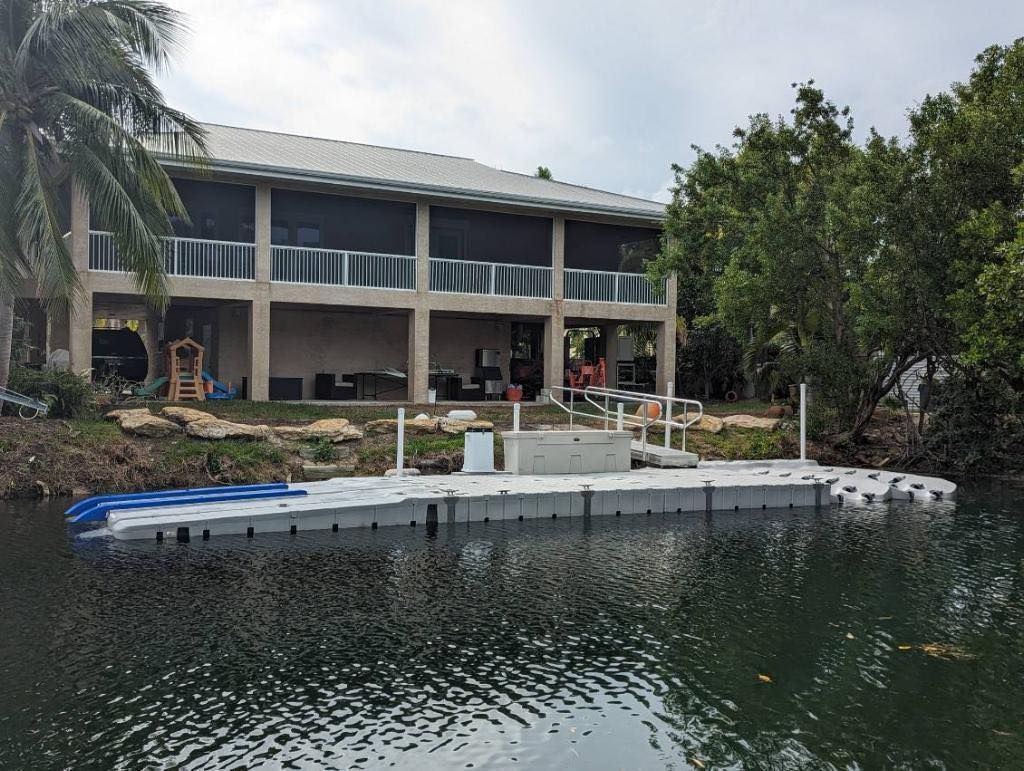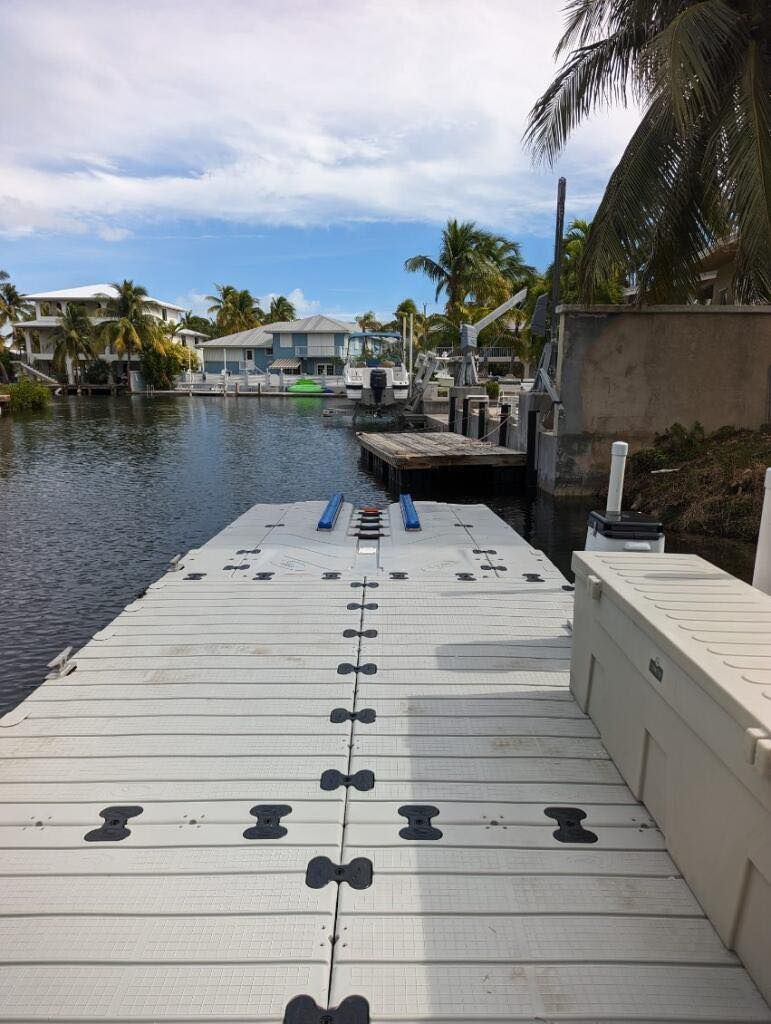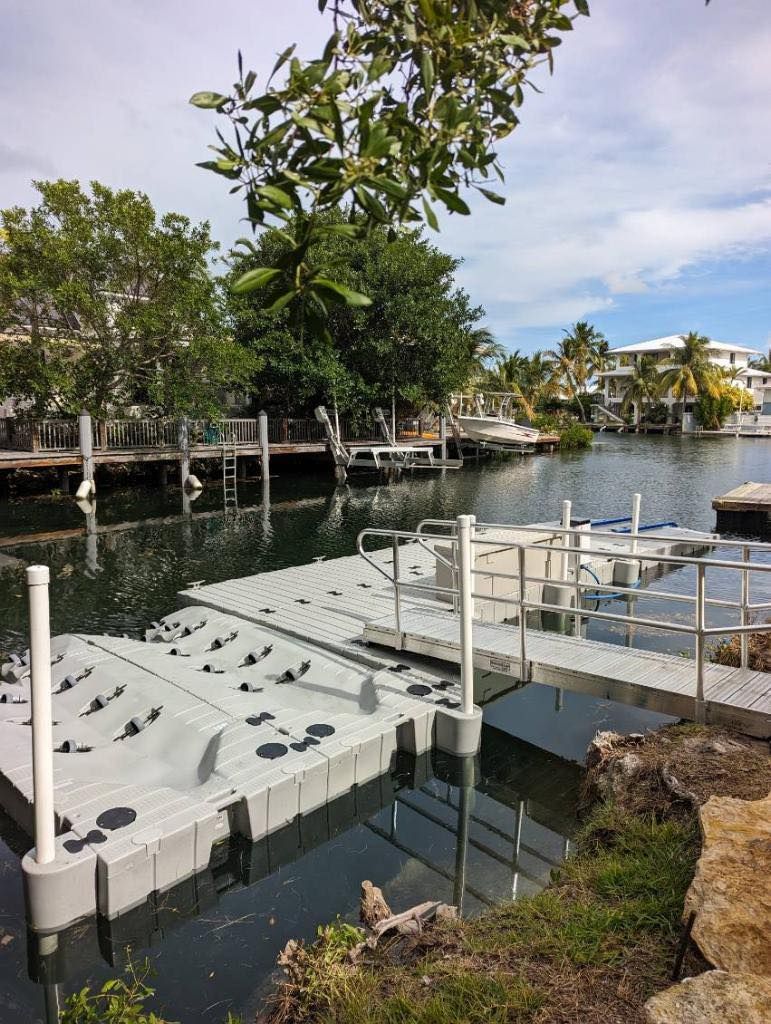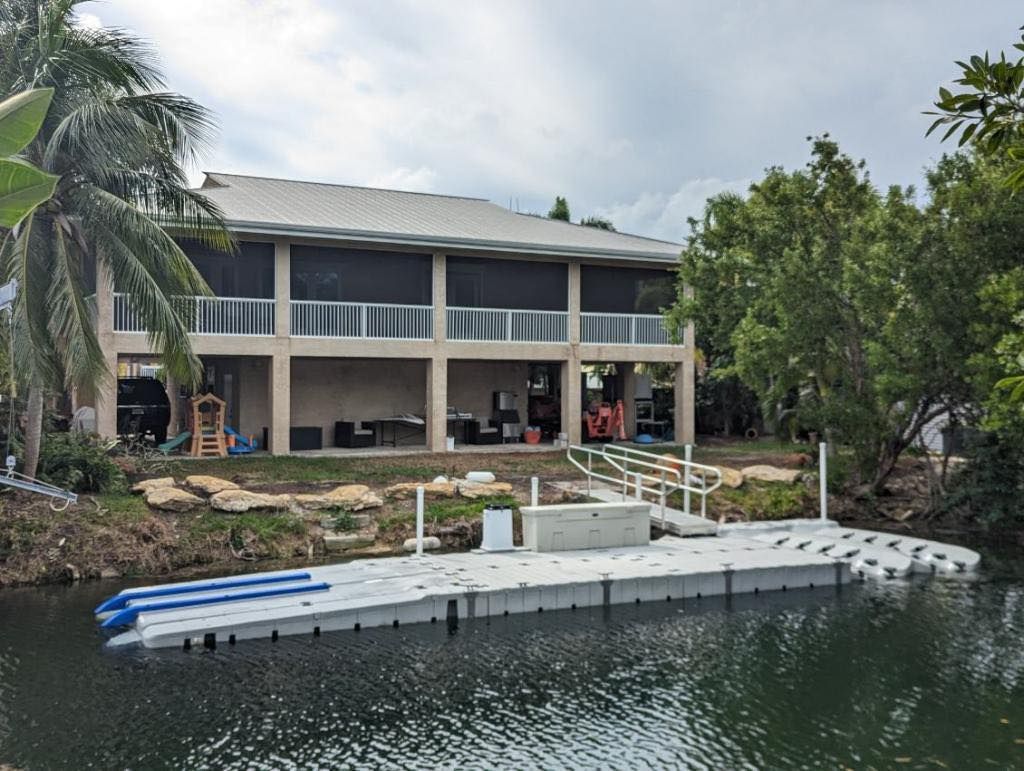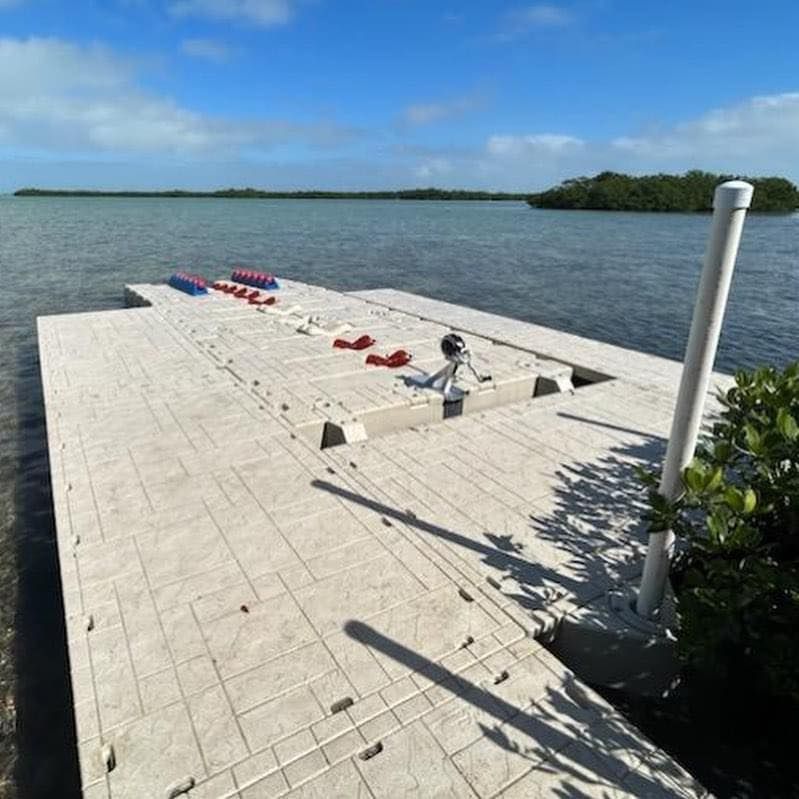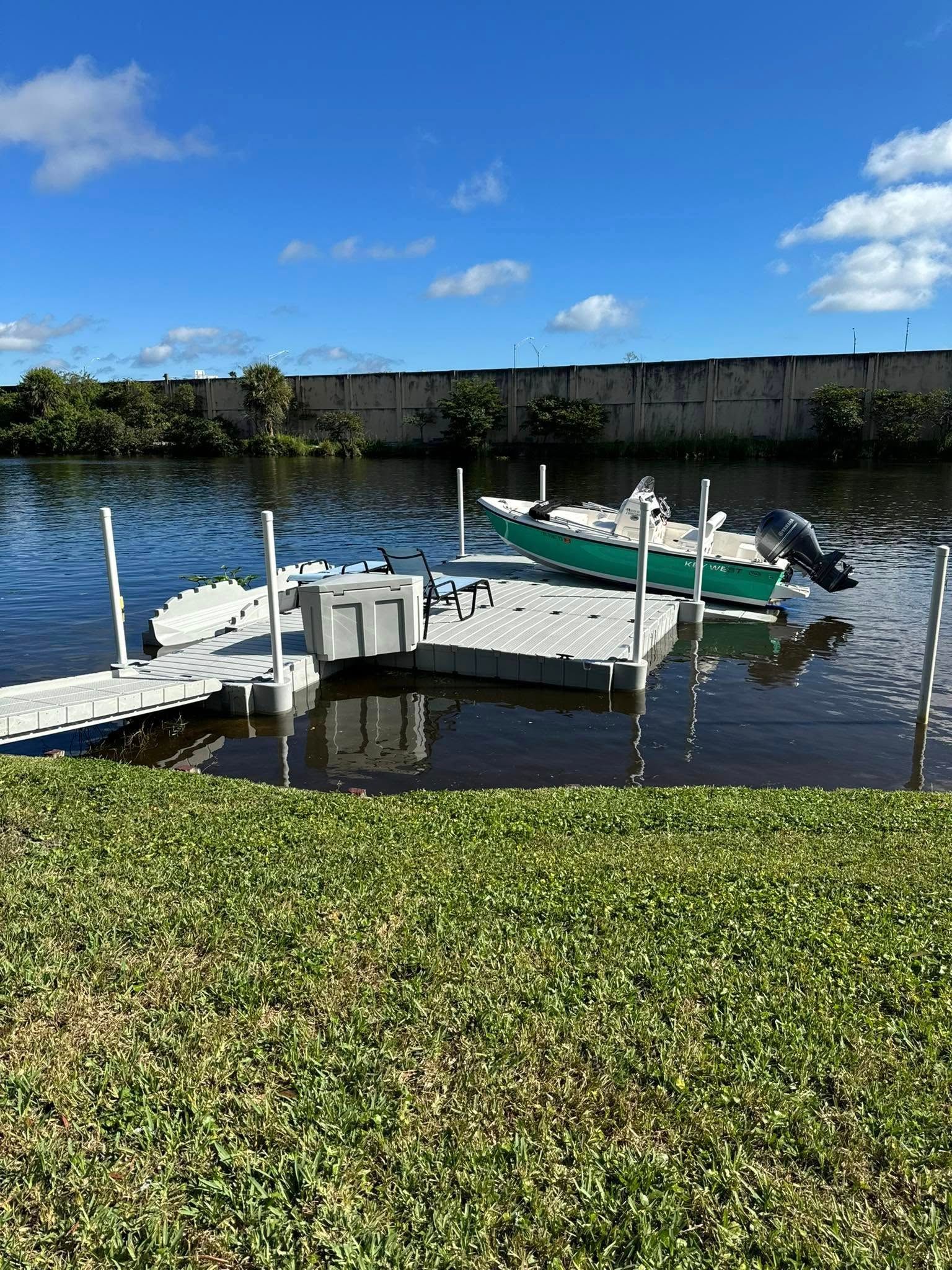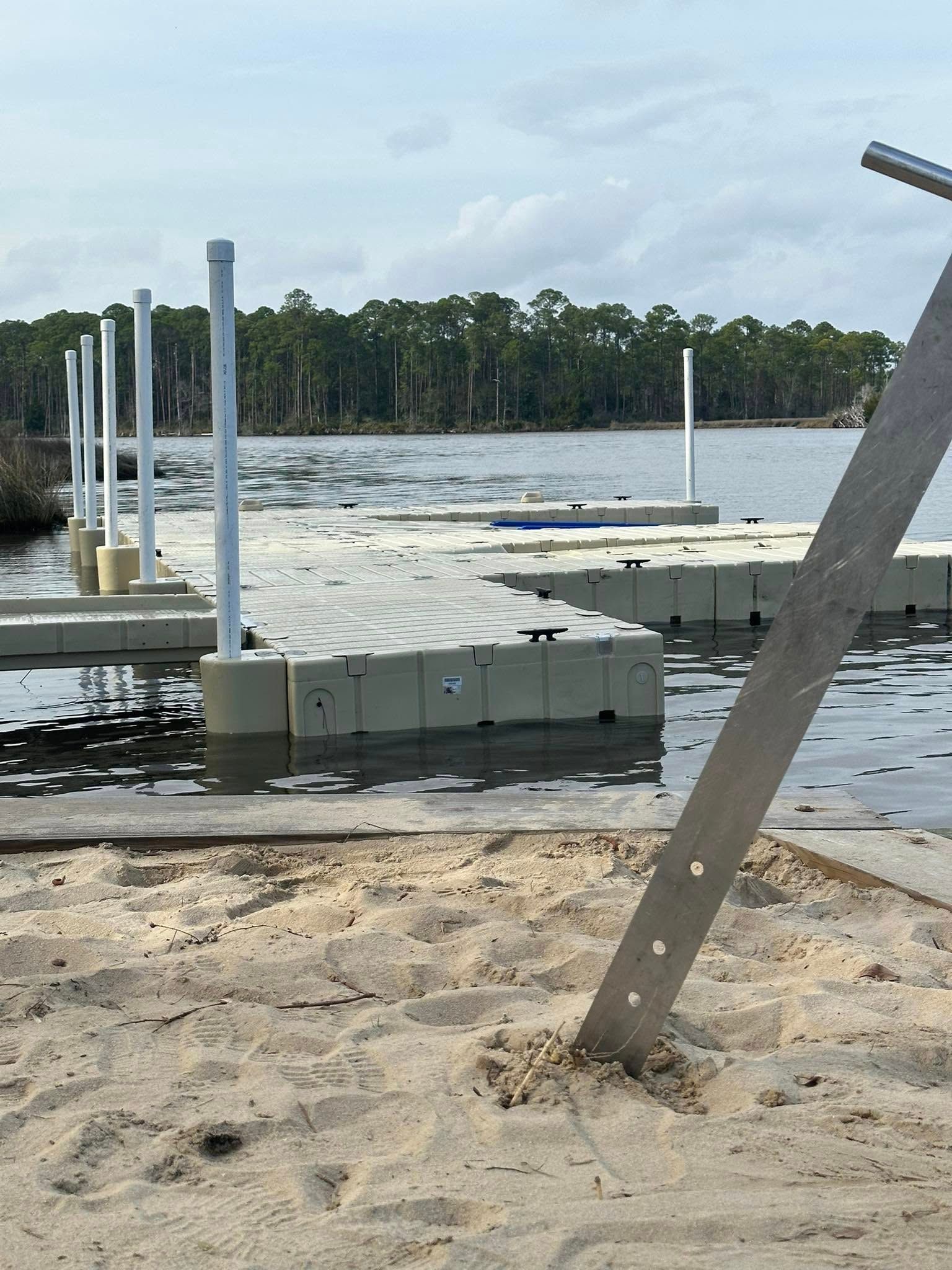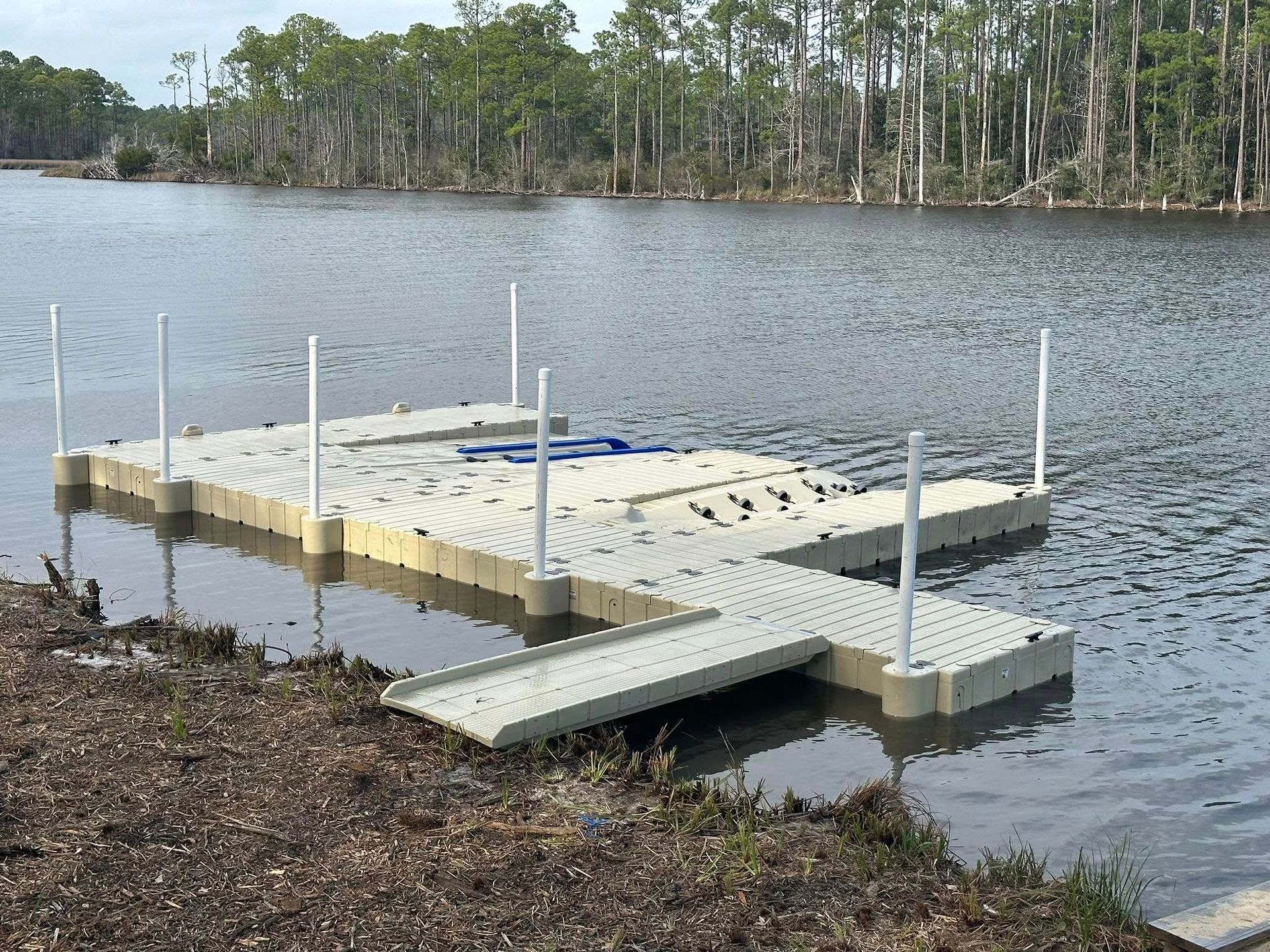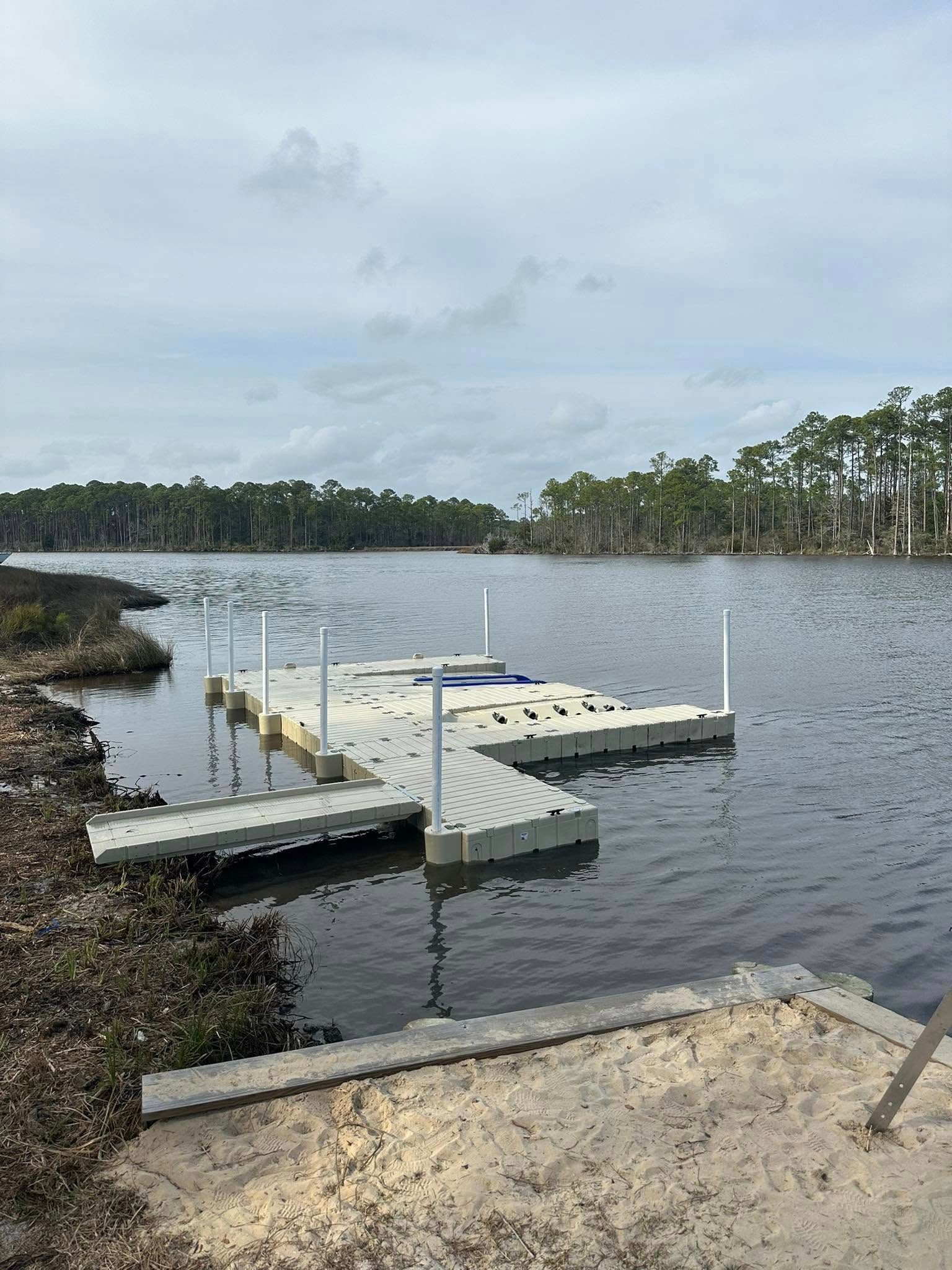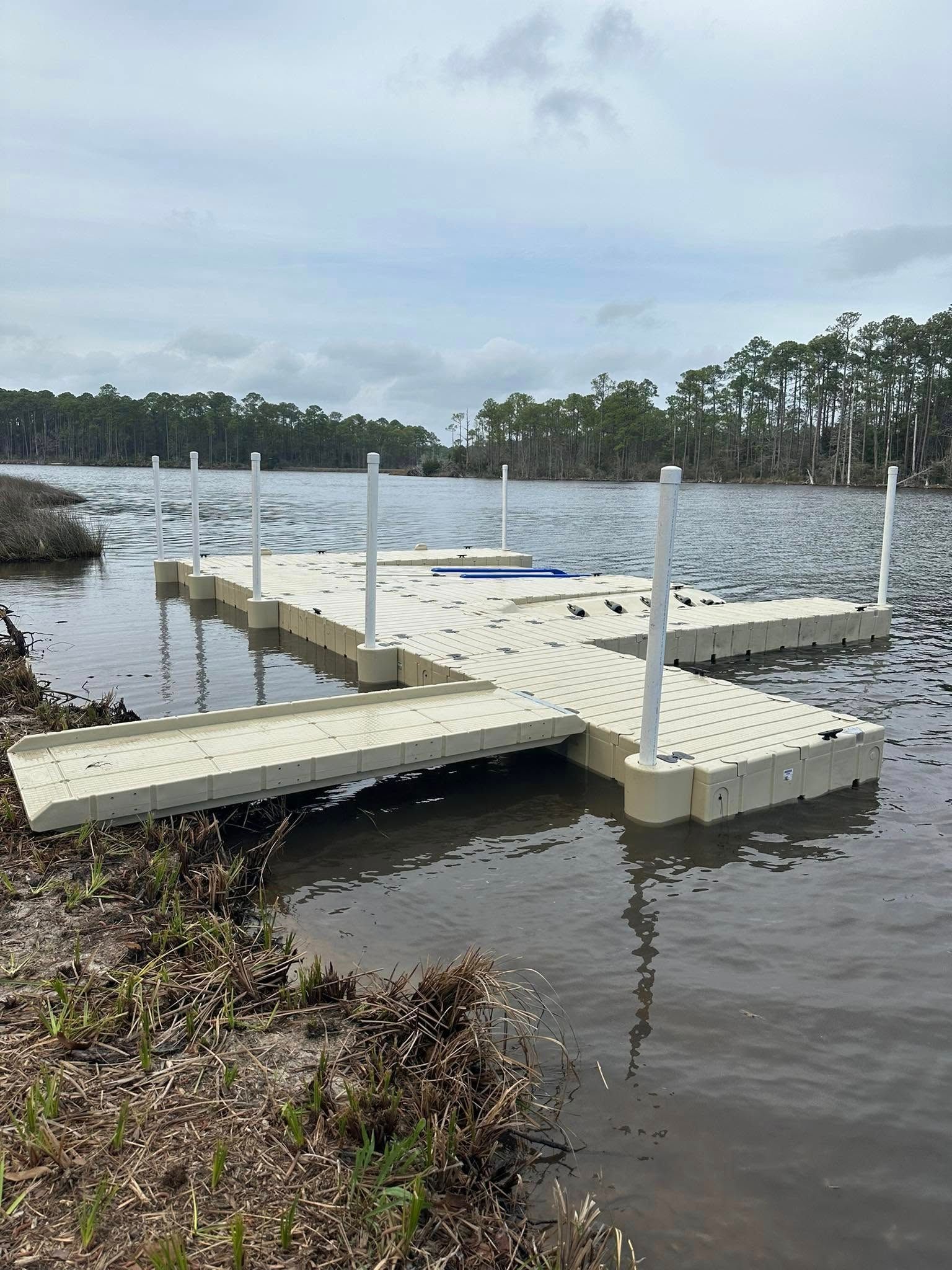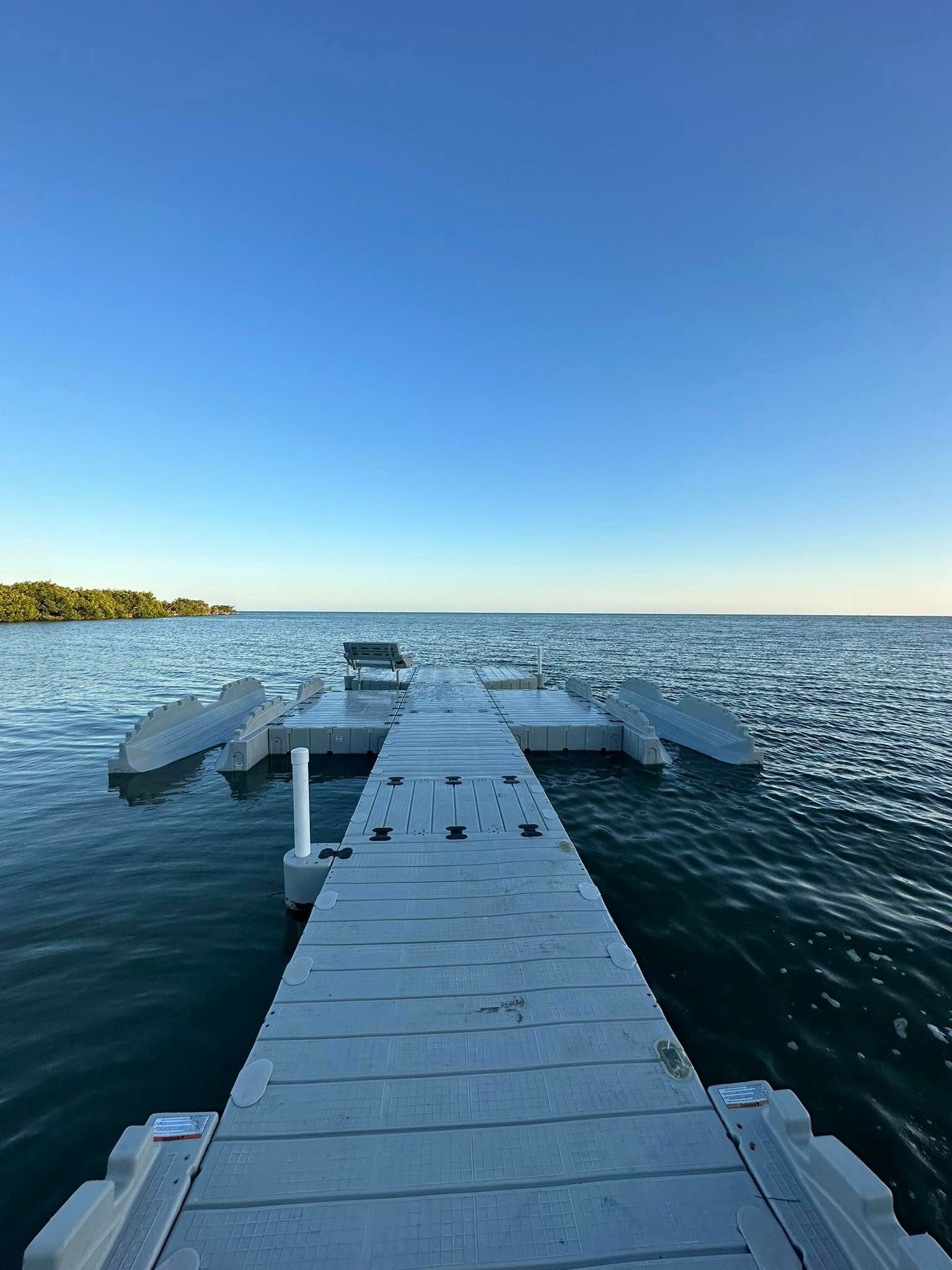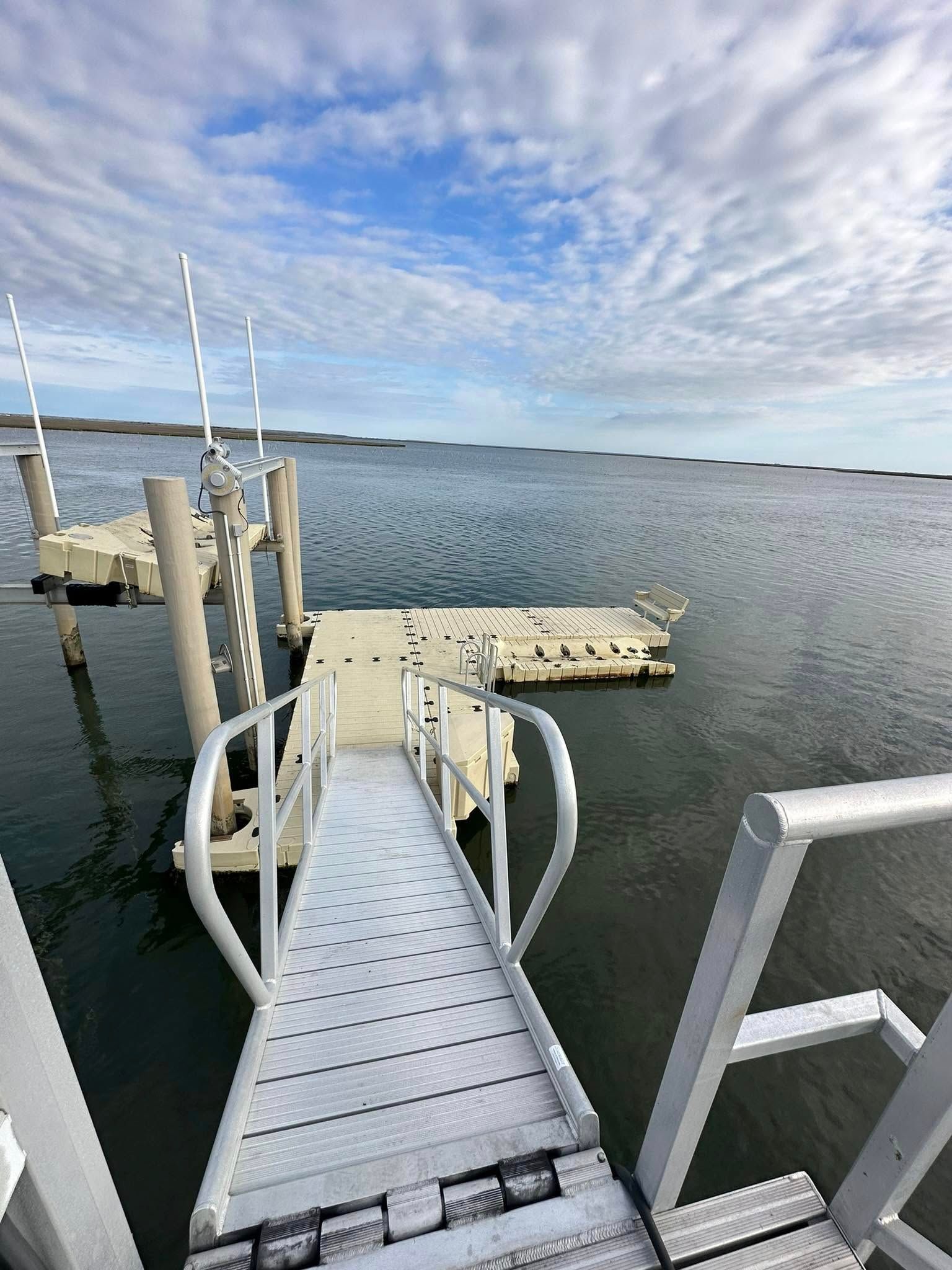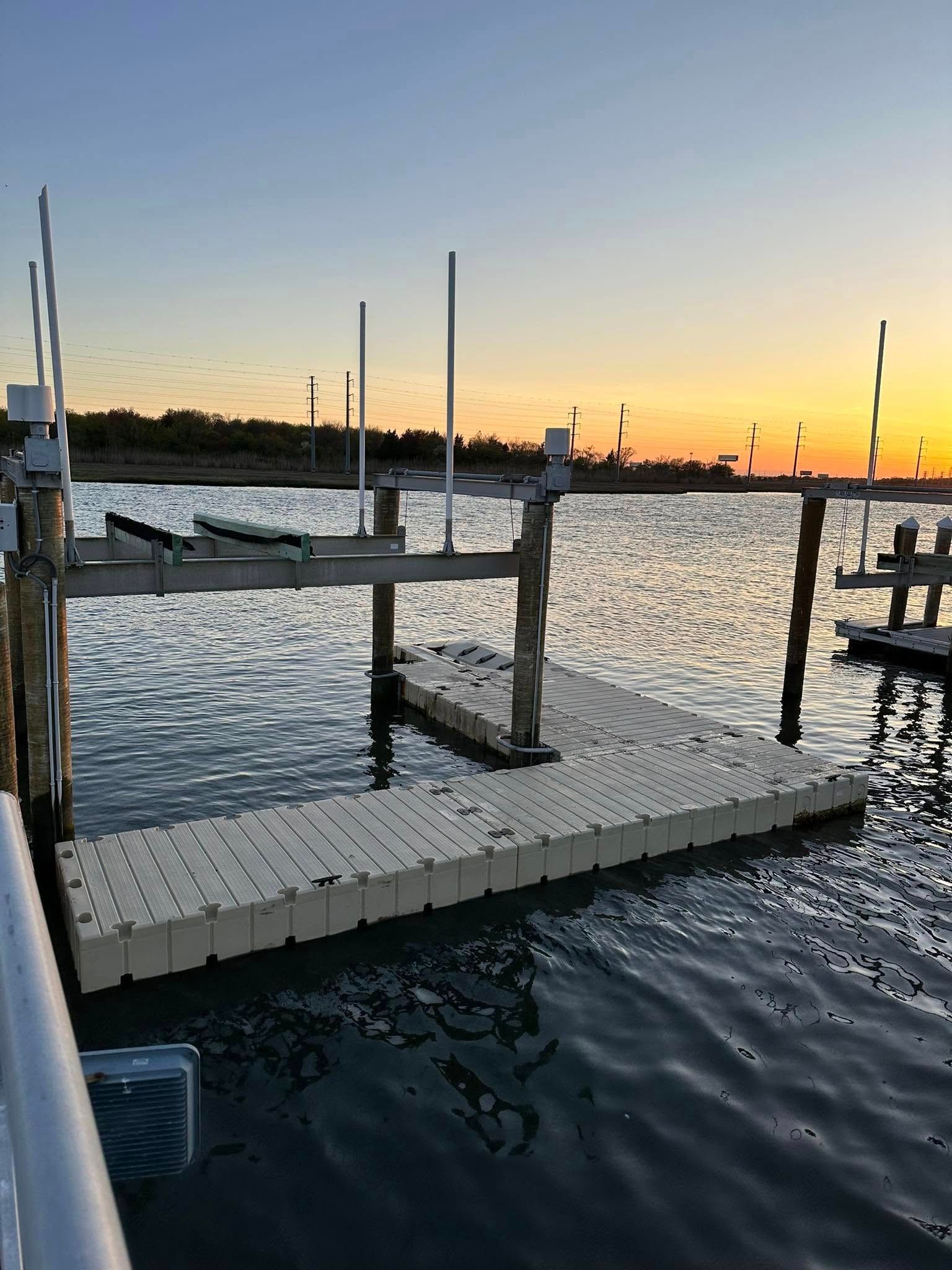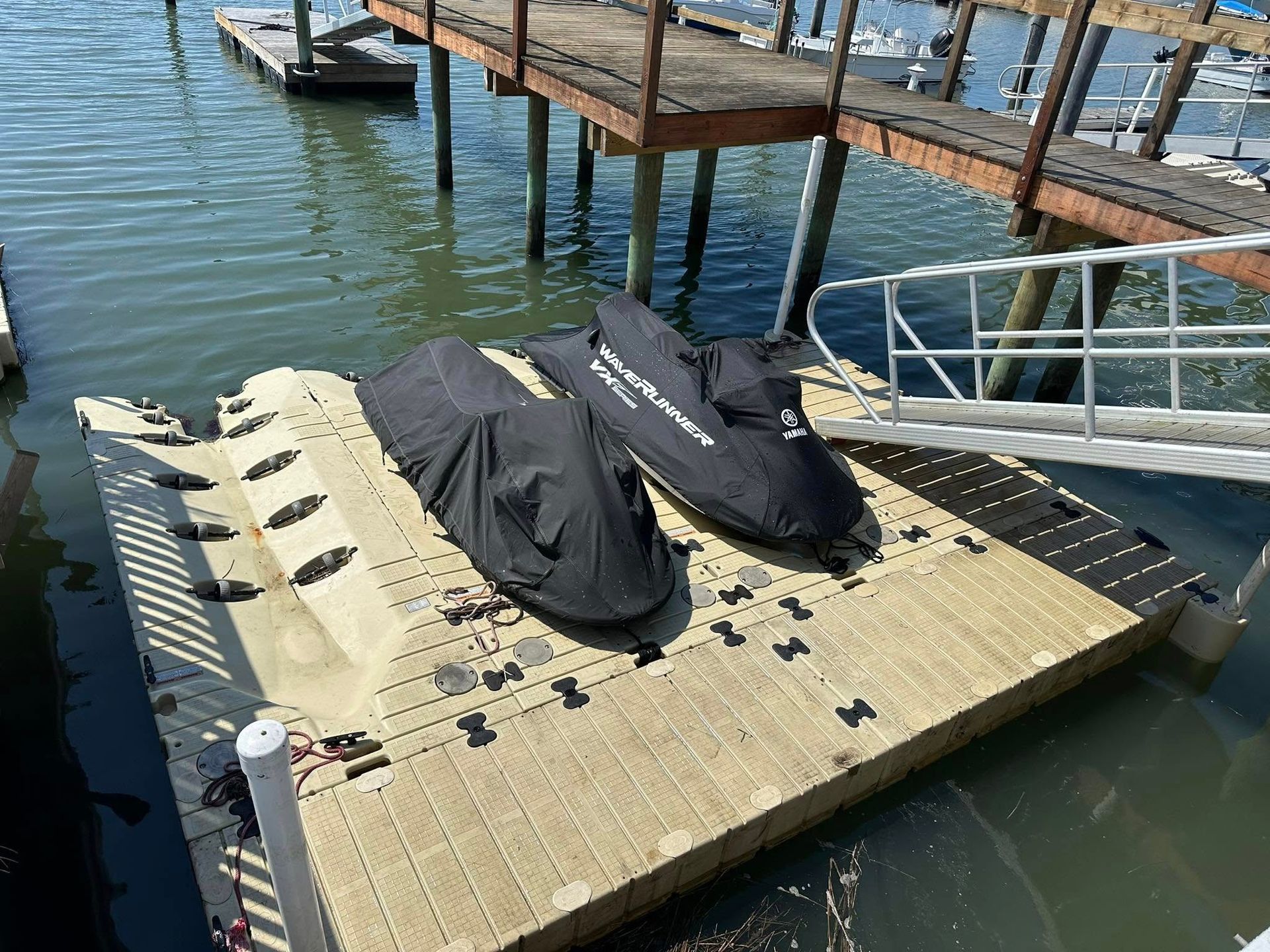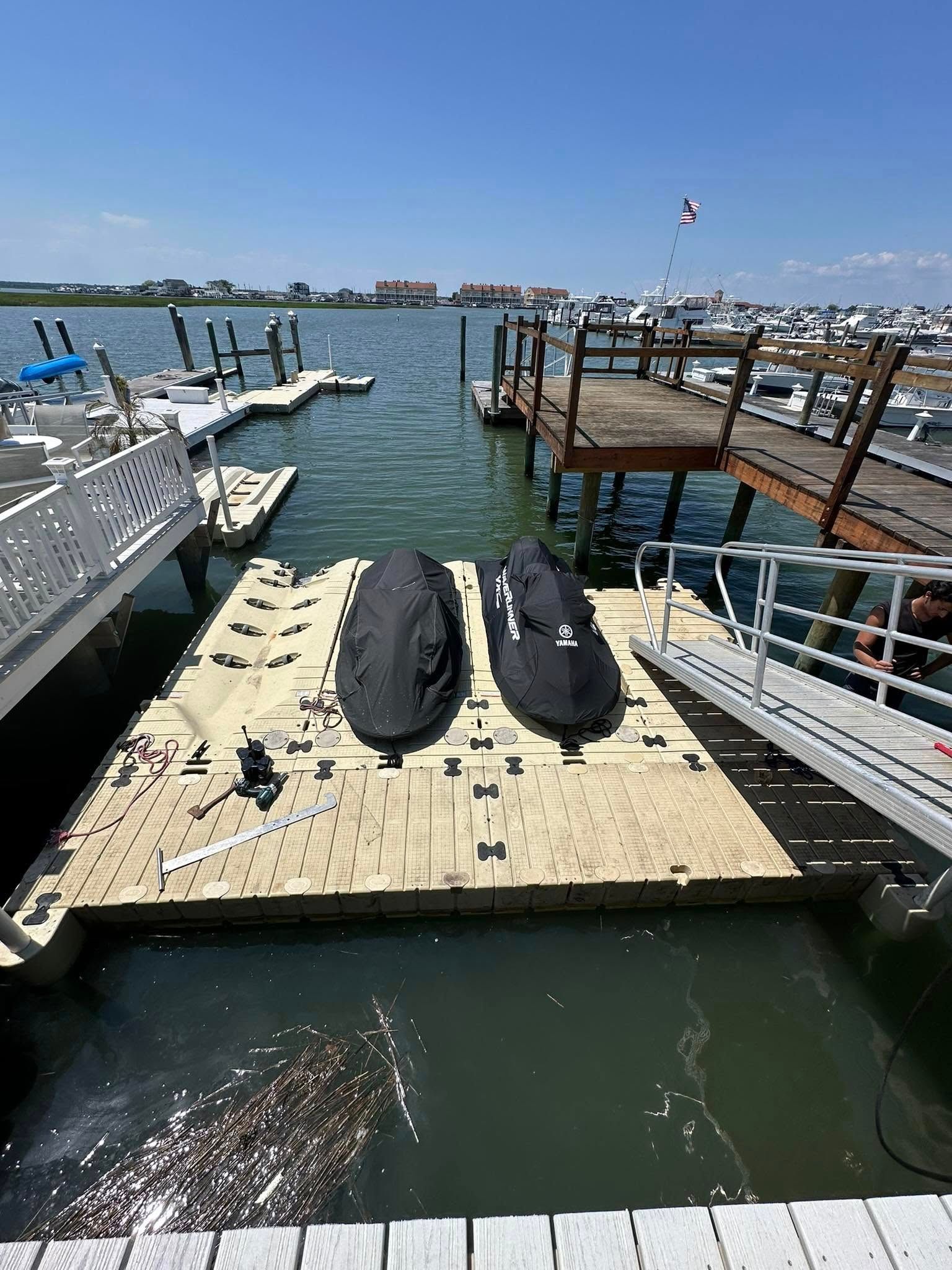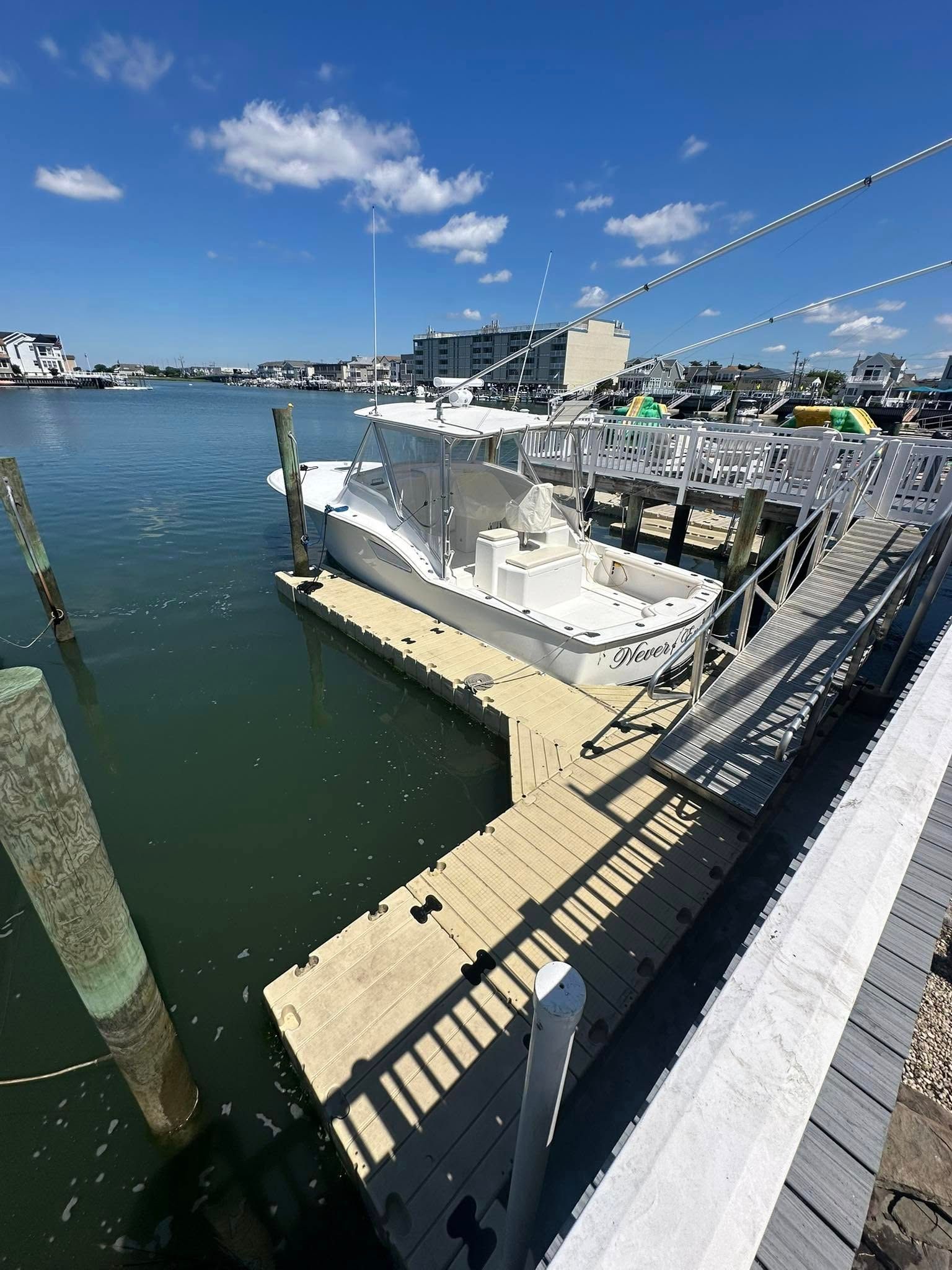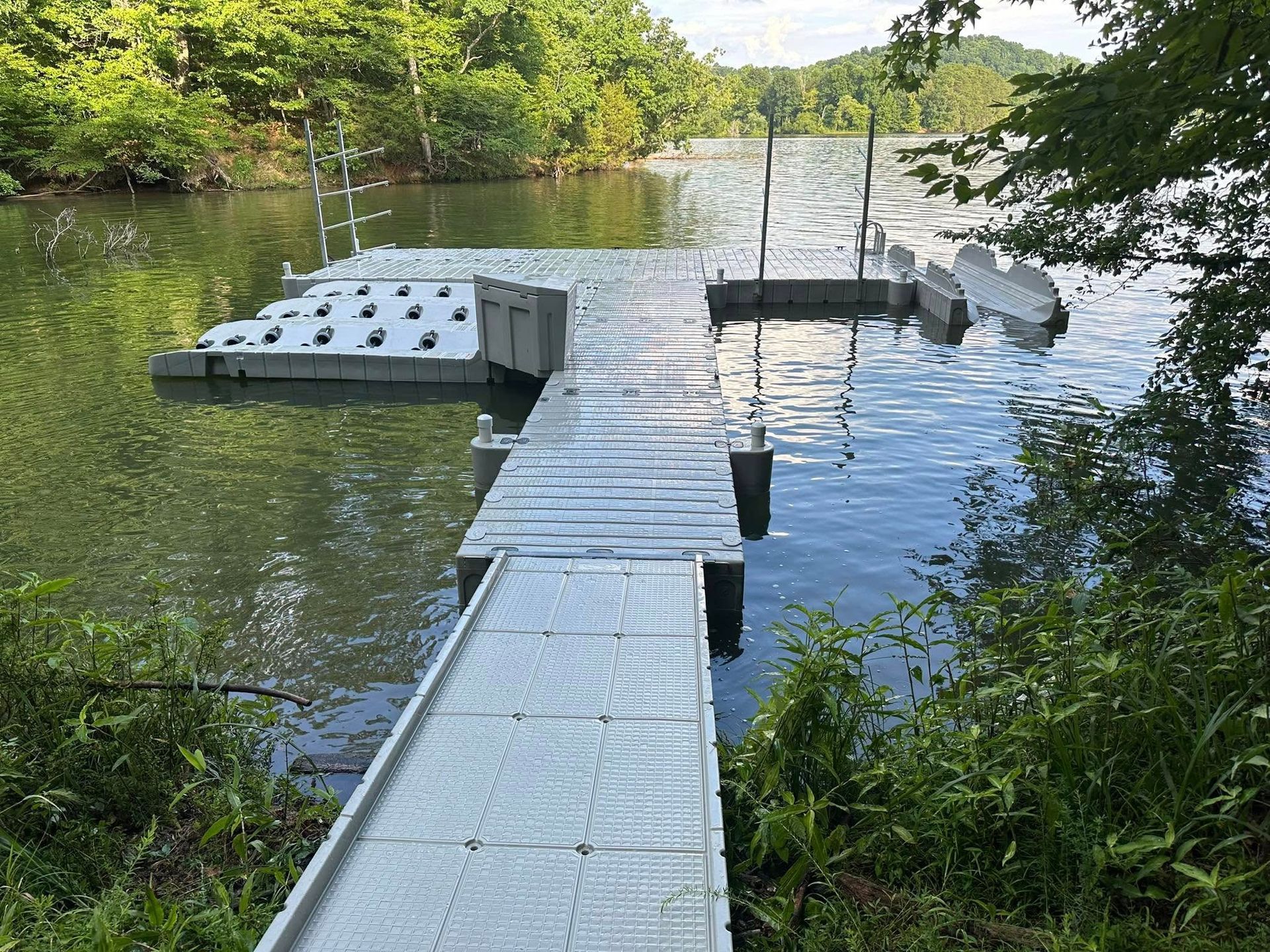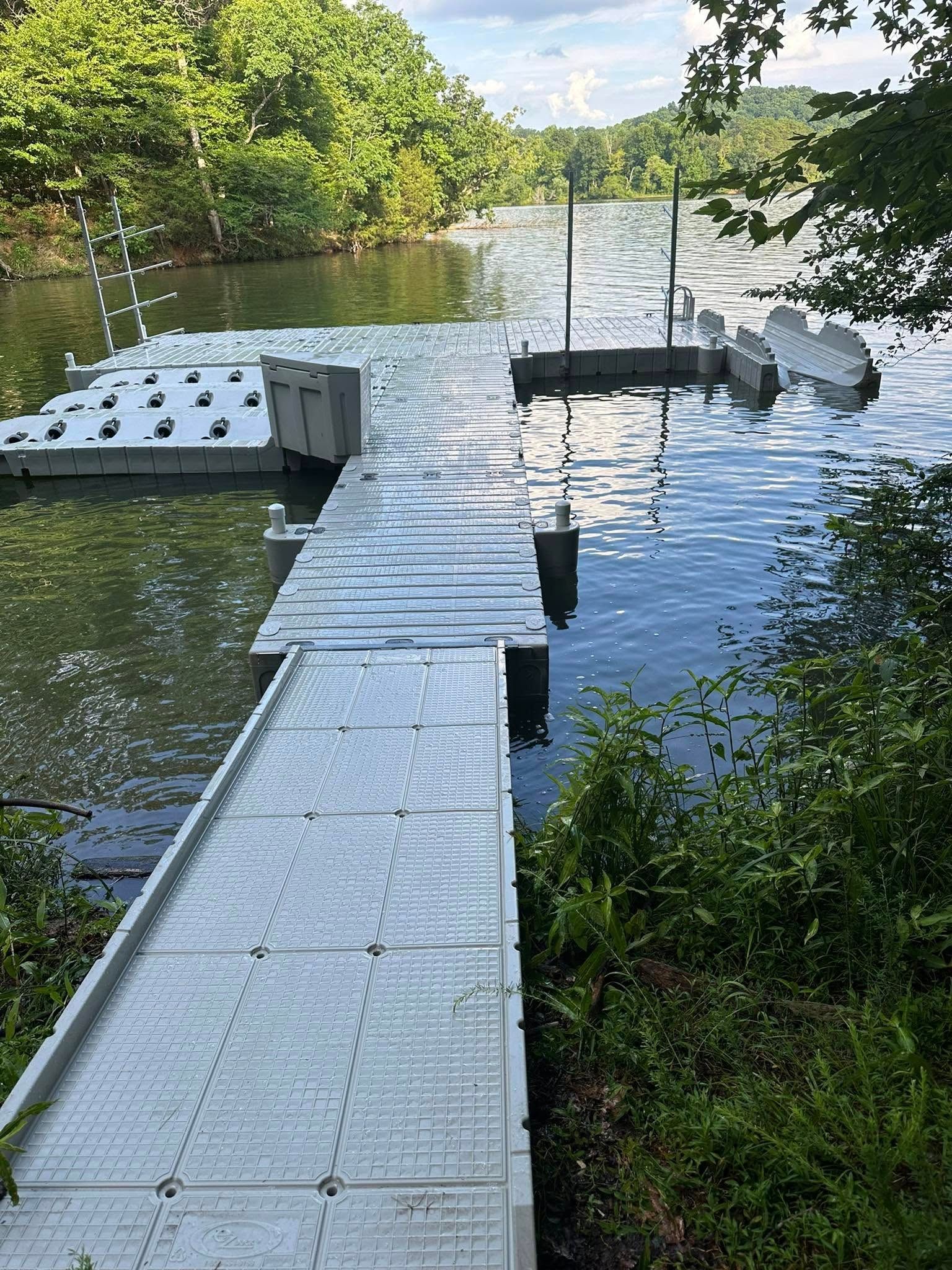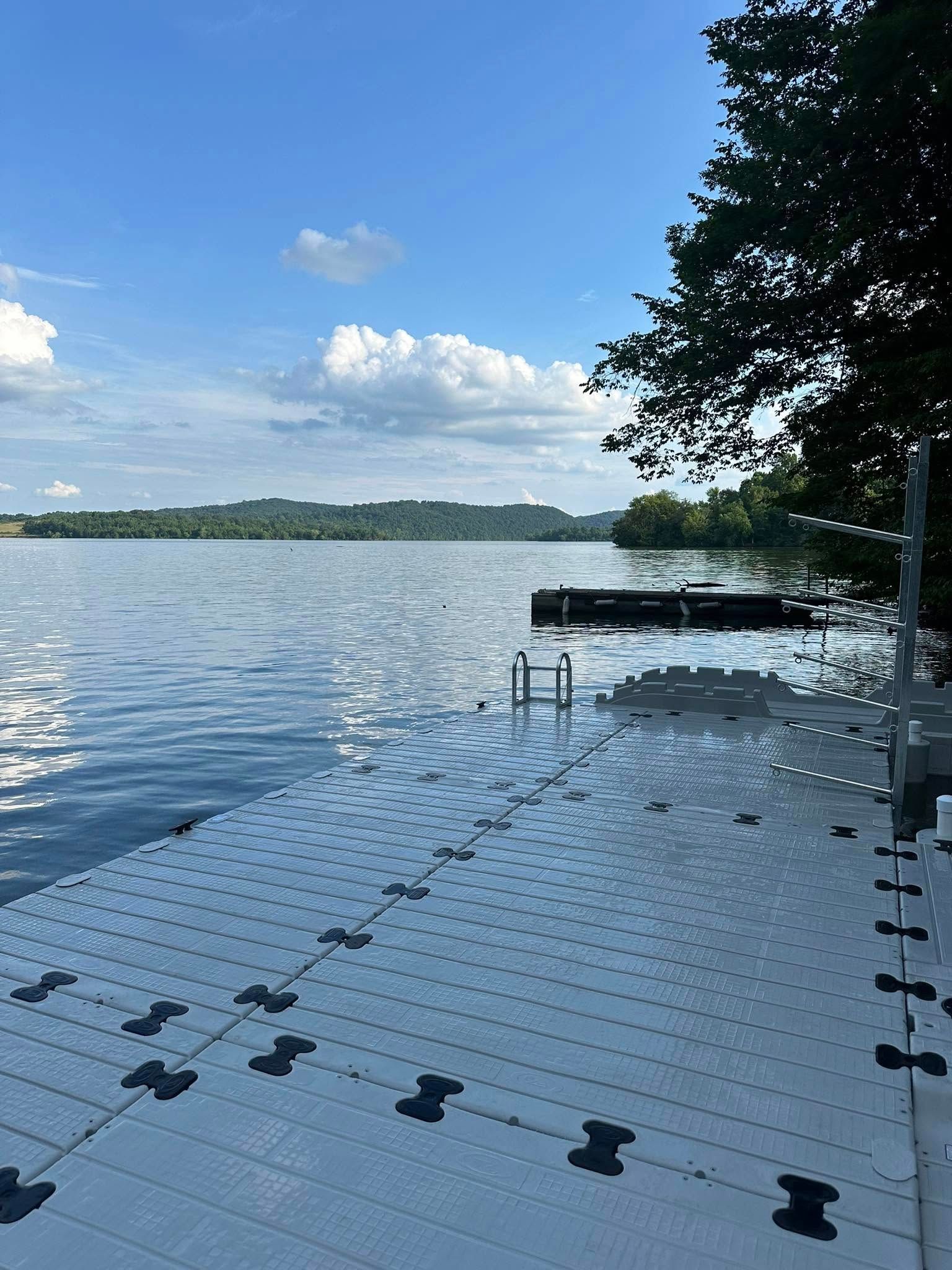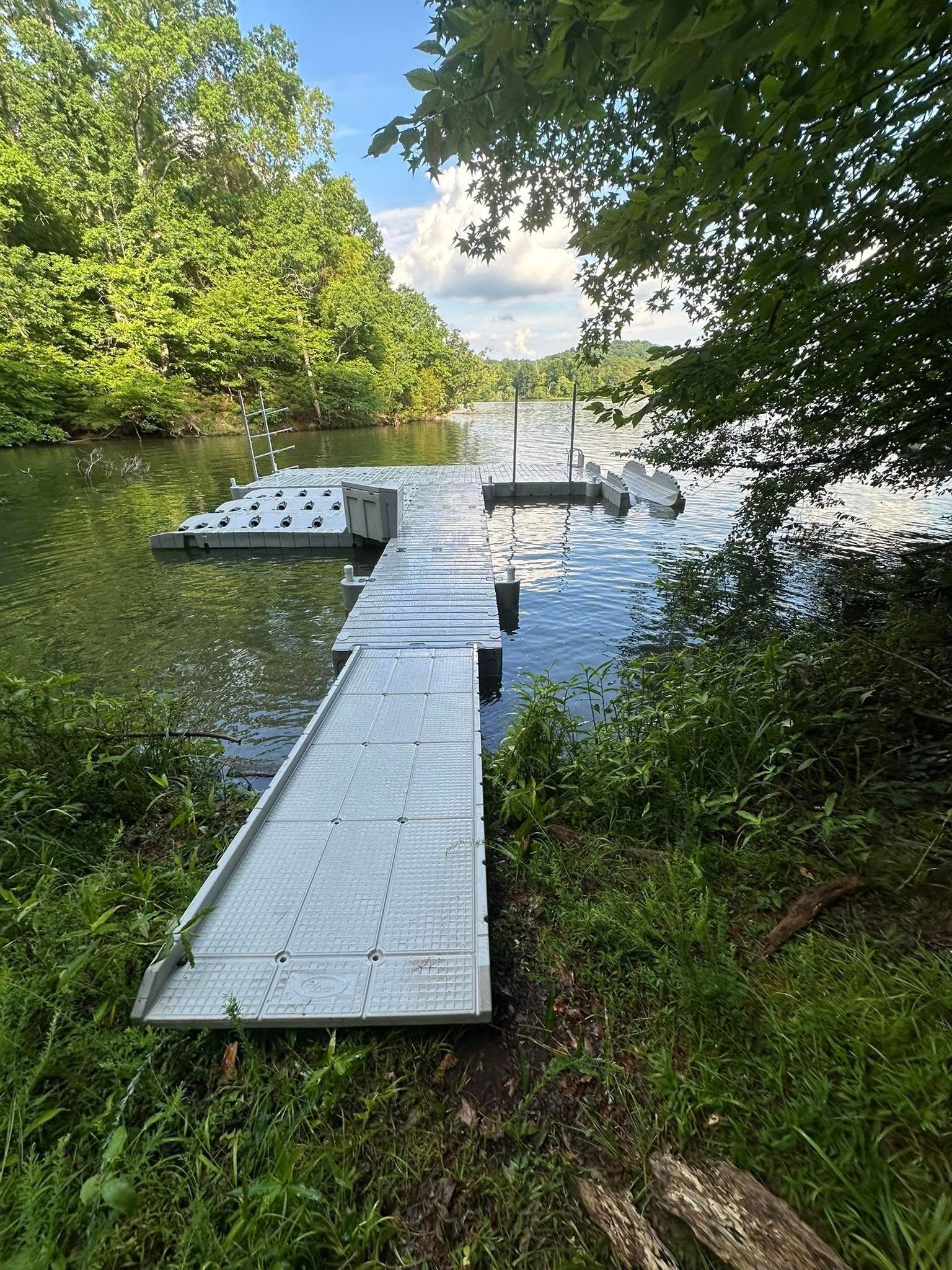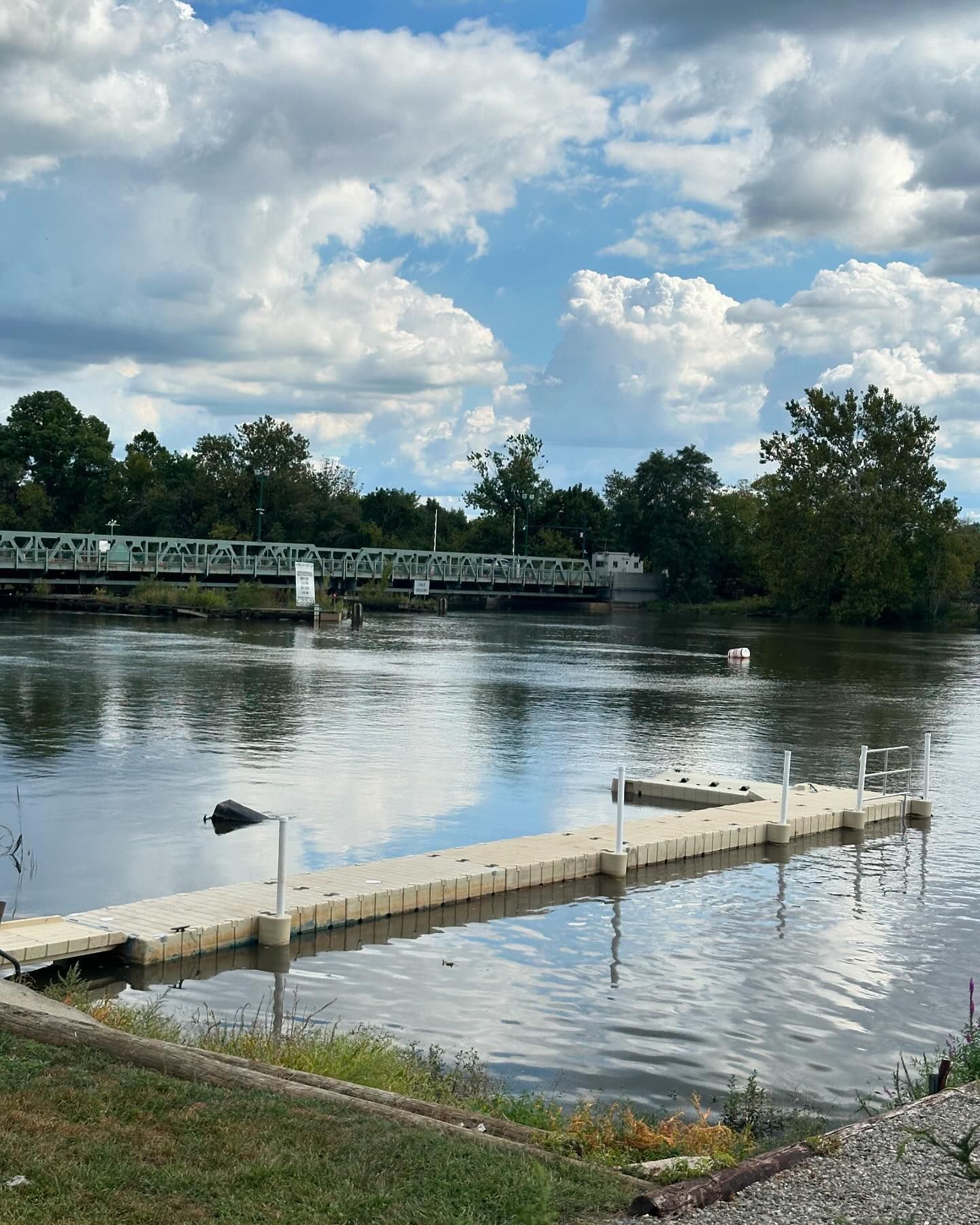Marinas
Marinas
As coastal communities grapple with rising sea levels, environmental concerns, and a growing demand for recreational boating, floating marinas are emerging as a viable and increasingly popular solution. Unlike traditional fixed structures, floating marinas adapt to changing water levels, minimize environmental impact, and offer a flexible and adaptable infrastructure for boaters and waterfront developers alike.
What is a Floating Marina?
A floating marina, as the name suggests, is a docking system supported by buoyant pontoons, allowing the entire structure to rise and fall with the tide. These pontoons, typically made from durable materials like concrete, polyethylene, or aluminum, are interconnected to form a stable and robust platform. This platform then supports walkways, docks, utilities, and even amenities like restaurants, shops, and restrooms.
Get a Quote Now
Thank you for contacting us.
We will get back to you as soon as possible.
We will get back to you as soon as possible.
Oops, there was an error sending your message.
Please try again later.
Please try again later.
Why Choose a Floating Marina?
The advantages of floating marinas are numerous and compelling:
- Adaptability to Changing Water Levels: This is perhaps the most significant benefit. Floating marinas eliminate the need for fixed pilings that can be submerged during high tides or left exposed during low tides, ensuring consistent and safe access for boaters regardless of water levels. This adaptability is particularly crucial in areas susceptible to rising sea levels and extreme weather events.
- Minimized Environmental Impact: Floating structures generally require less dredging and disturbance of the seabed compared to traditional fixed structures. This reduces the impact on sensitive marine ecosystems, protecting seagrass beds, coral reefs, and other vital habitats. The modular design also allows for easier removal and relocation if necessary, further minimizing the environmental footprint.
- Flexibility and Scalability: Floating marinas are inherently modular, making them highly flexible and adaptable to changing needs. They can be easily expanded or reconfigured to accommodate more boat slips, different sized vessels, or evolving waterfront development plans. This scalability allows for phased development, reducing upfront investment and providing the ability to adapt to future demands.
- Reduced Maintenance Costs: Compared to fixed structures, floating marinas are often less susceptible to damage from waves and currents, leading to lower maintenance costs over their lifespan. The pontoons are typically designed to be highly durable and resistant to corrosion and degradation.
- Enhanced Aesthetics: Modern floating marinas can be designed to be aesthetically pleasing and integrate seamlessly with the surrounding environment. They can offer stunning waterfront views and contribute to the overall appeal of coastal communities.
Building and Installation: A Step-by-Step Process
The construction and installation of a floating marina is a complex process that requires careful planning, engineering expertise, and specialized equipment. Here's a simplified overview:
- Planning and Design: This stage involves detailed site assessments, feasibility studies, and the development of a comprehensive design plan that considers factors such as water depth, tidal range, wind and wave conditions, environmental regulations, and the specific needs of the marina.
- Permitting and Approvals: Securing the necessary permits and approvals from local, state, and federal agencies is a crucial step. This process can be time-consuming and requires thorough documentation and compliance with environmental regulations.
- Pontoon Manufacturing and Assembly: The pontoon units are typically manufactured off-site and then transported to the marina location. They are then assembled and interconnected according to the design plan.
- Dredging and Site Preparation (if necessary): While floating marinas minimize the need for dredging, some site preparation may be required to ensure a level seabed and adequate water depth.
- Installation and Anchoring: The assembled marina structure is then floated into position and securely anchored using various methods, such as pile driving, chain and anchor systems, or specialized mooring systems.
- Utilities Connection: Once the marina is in place, utilities such as electricity, water, and sewage lines are connected.
- Platform Construction and Amenities: The final step involves building the walkways, docks, and other amenities on top of the pontoon platform.
The Future of Waterfront Development
Floating marinas represent a forward-thinking approach to waterfront development that addresses the challenges of a changing climate and the growing demand for recreational boating. As technology advances and costs decrease, we can expect to see even more innovative and sustainable floating marina designs in the future, transforming coastal landscapes and providing valuable infrastructure for communities around the world. From small recreational boat docks to large-scale commercial harbors, floating marinas are poised to play an increasingly important role in the future of waterfront development.

